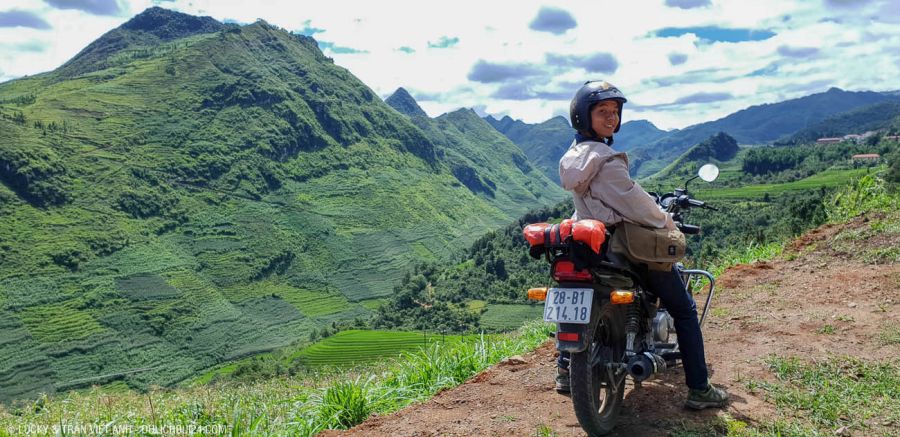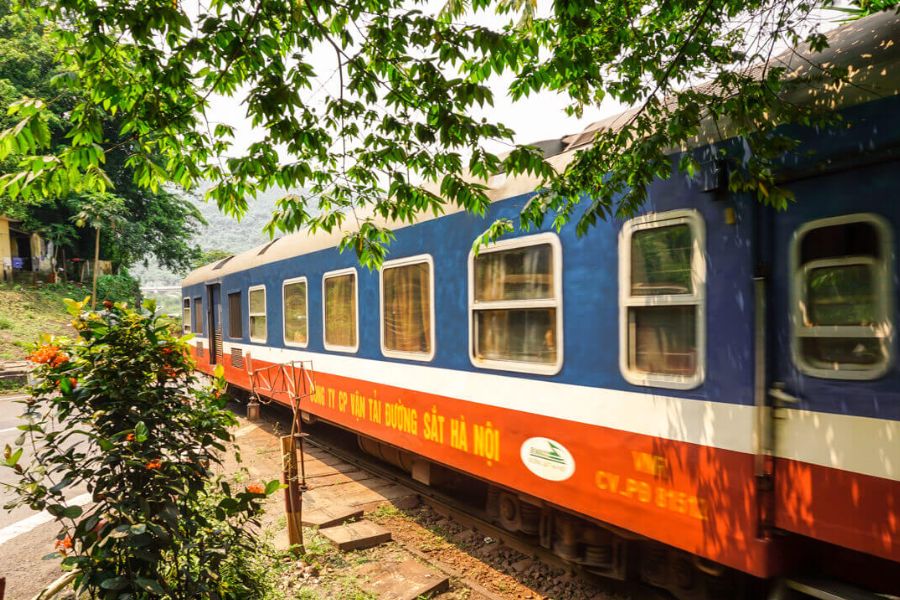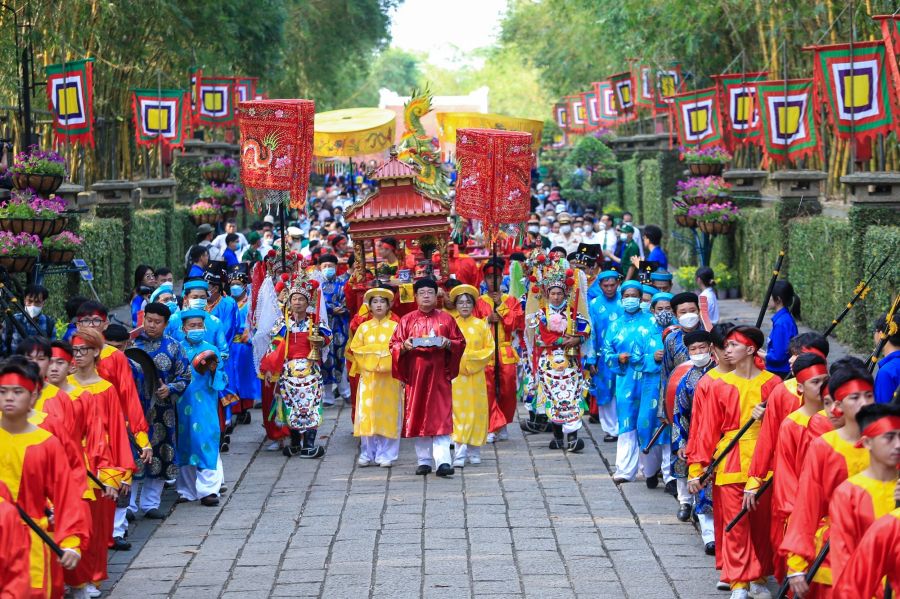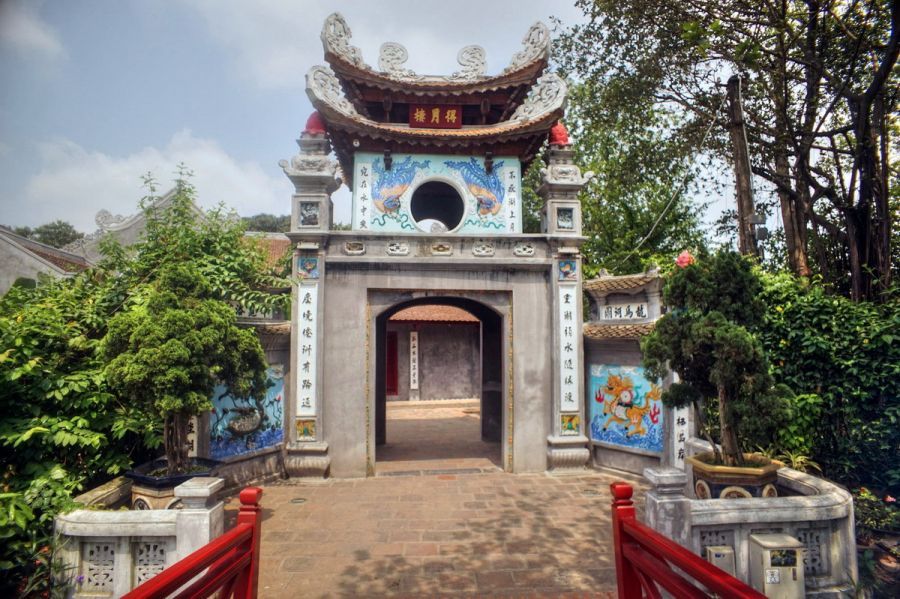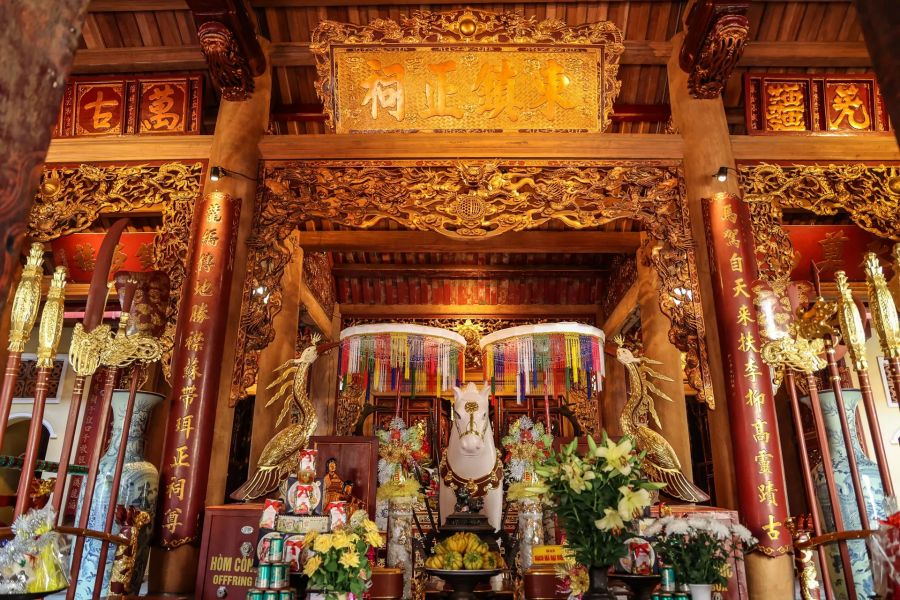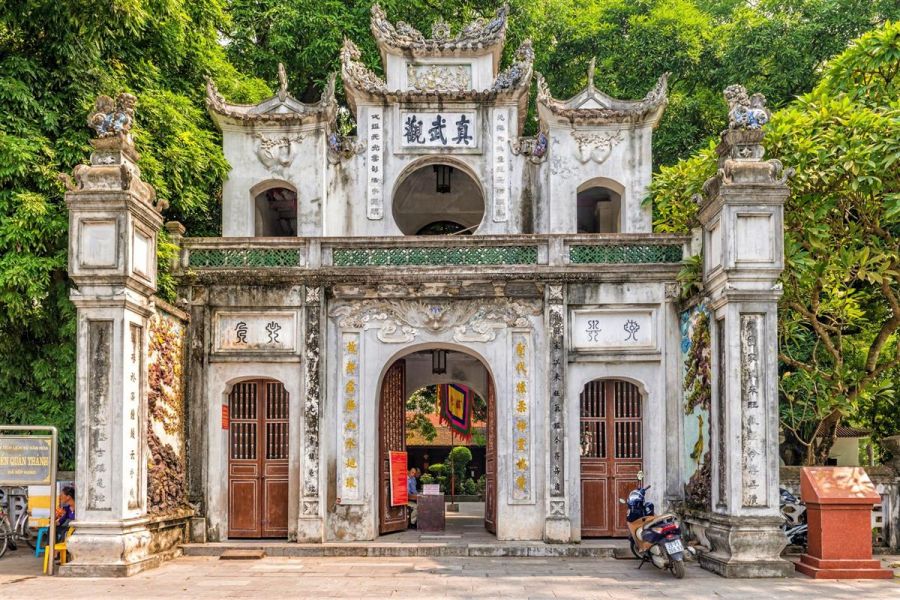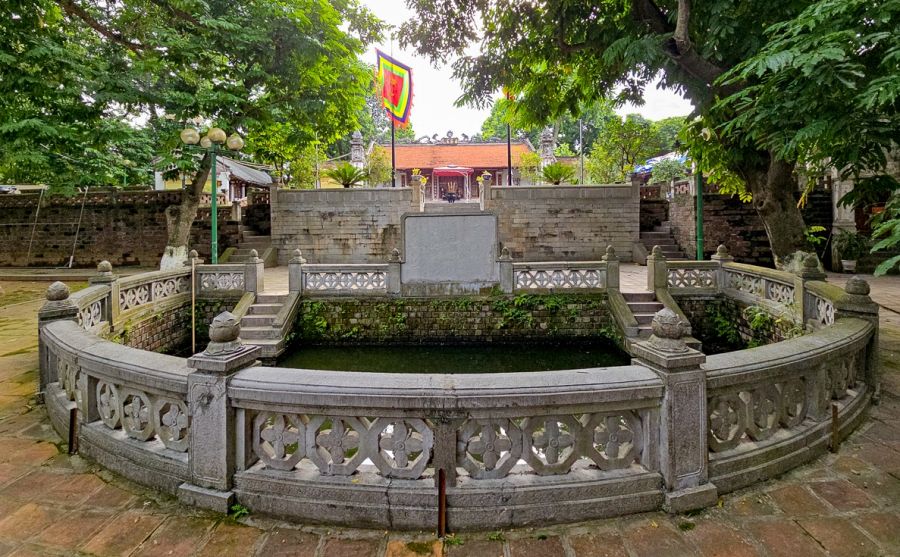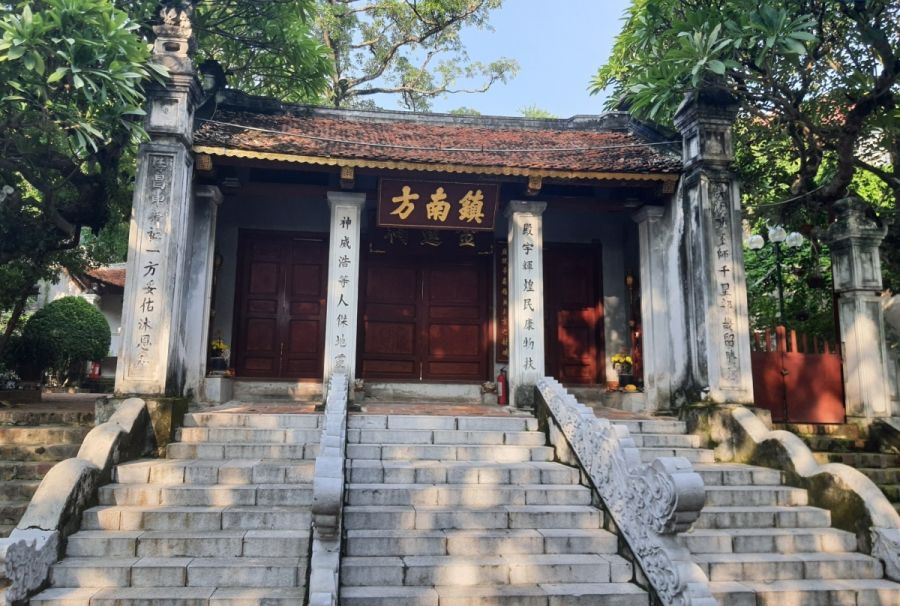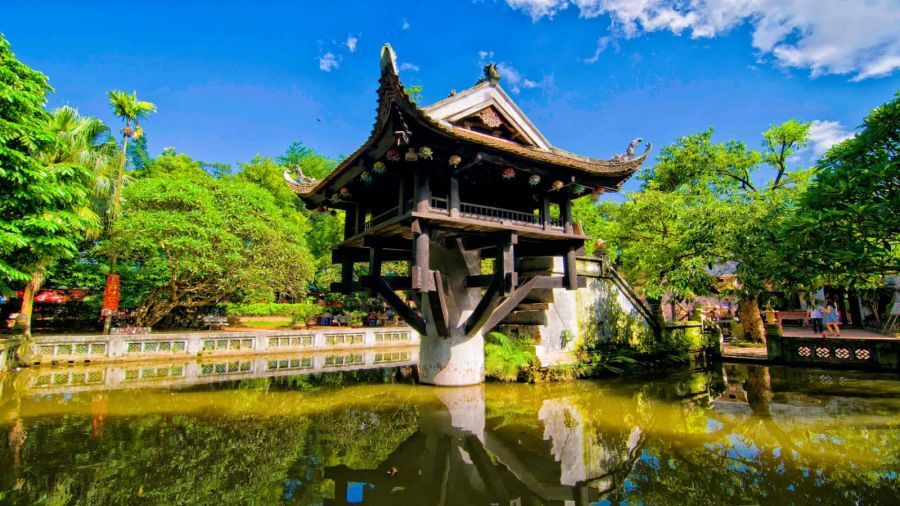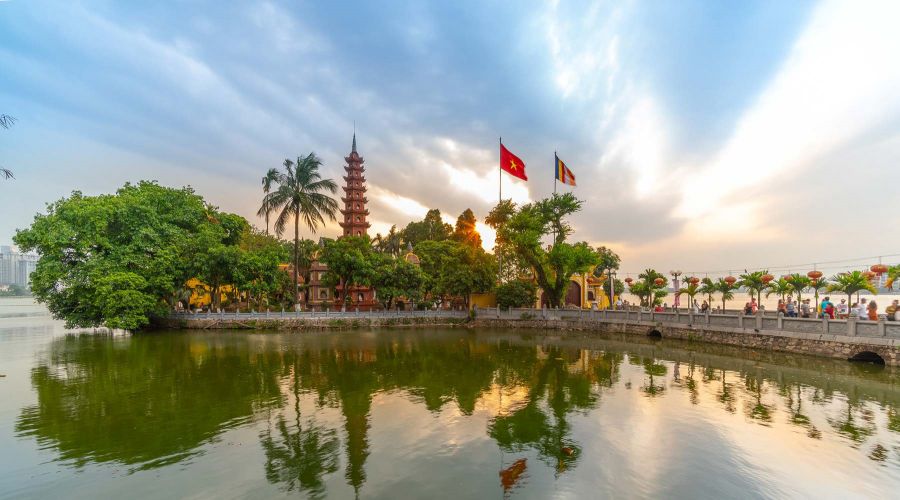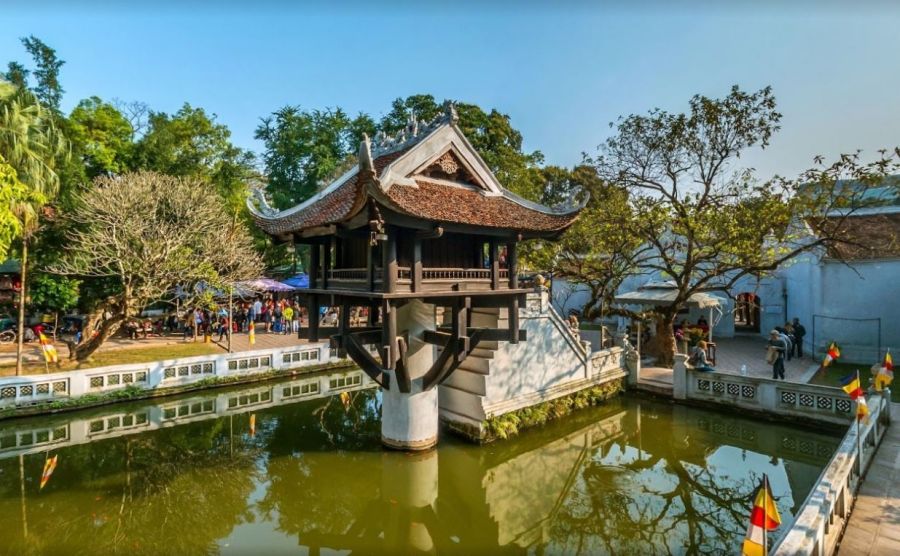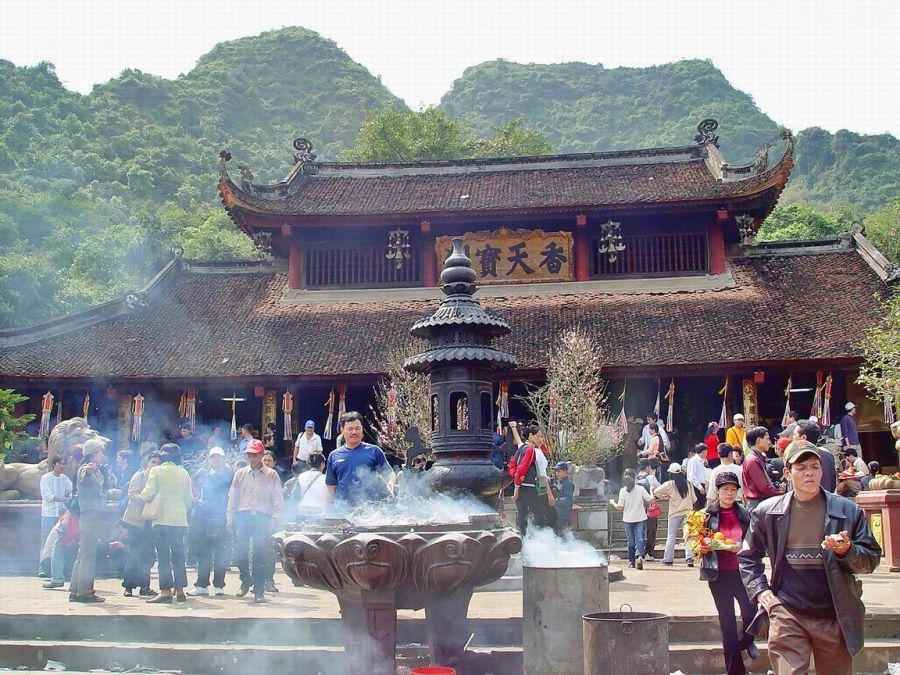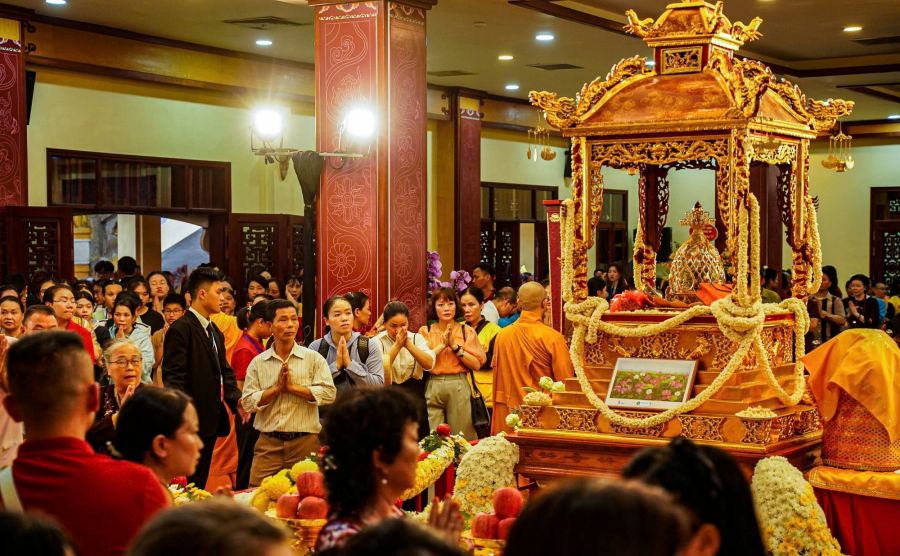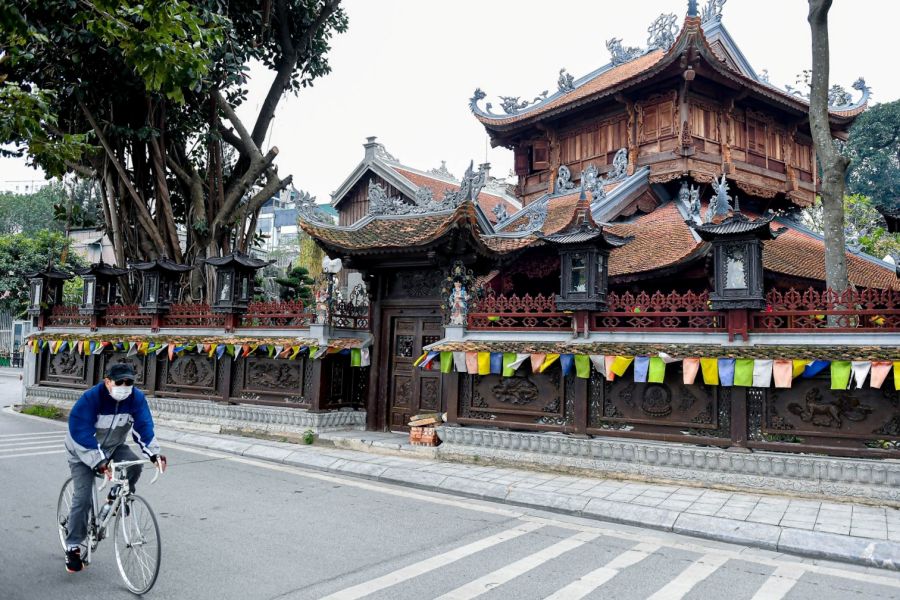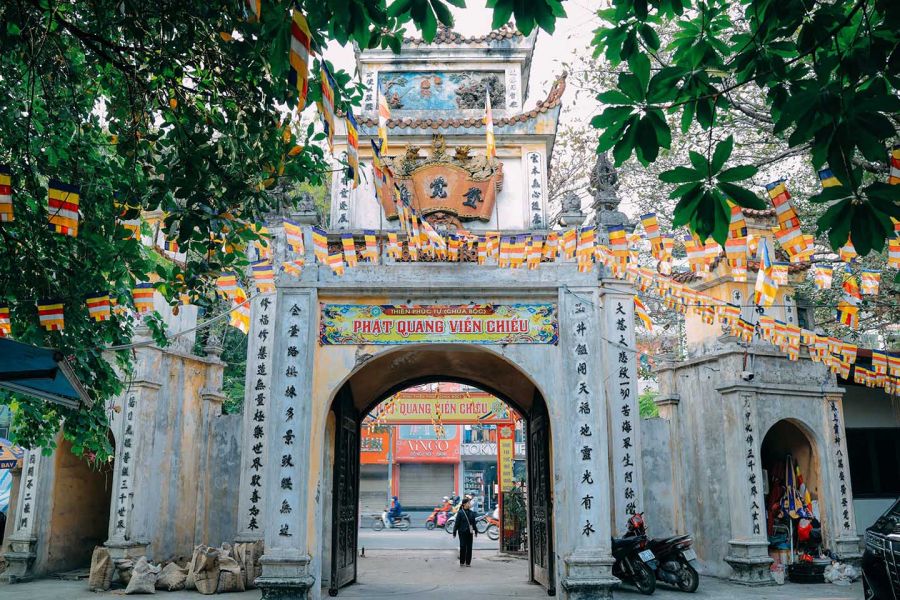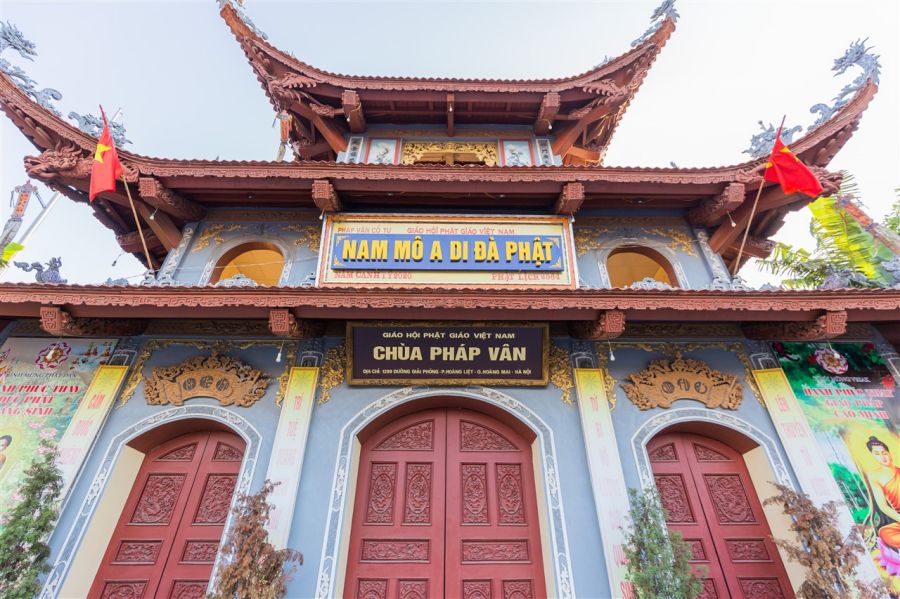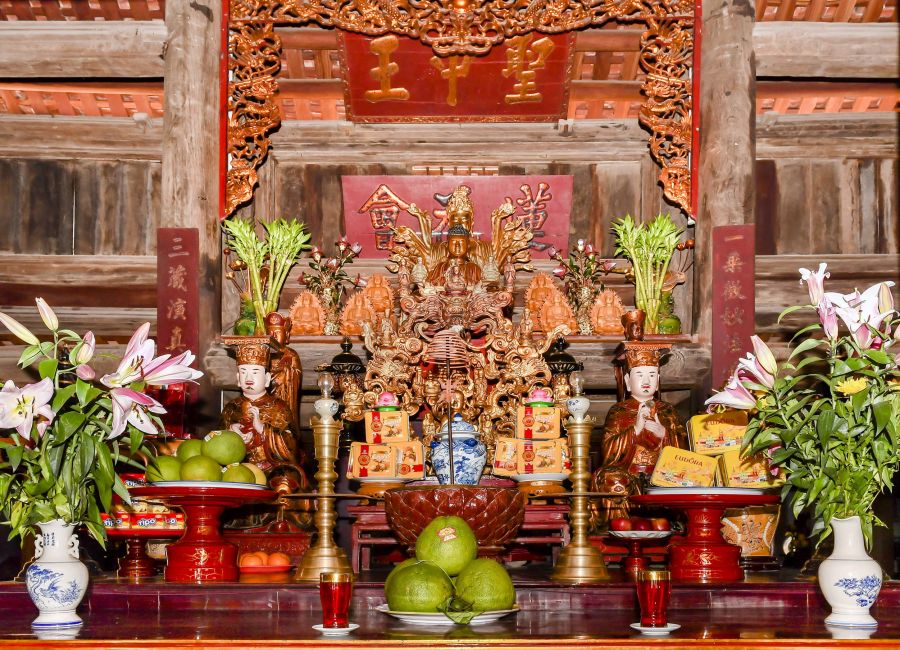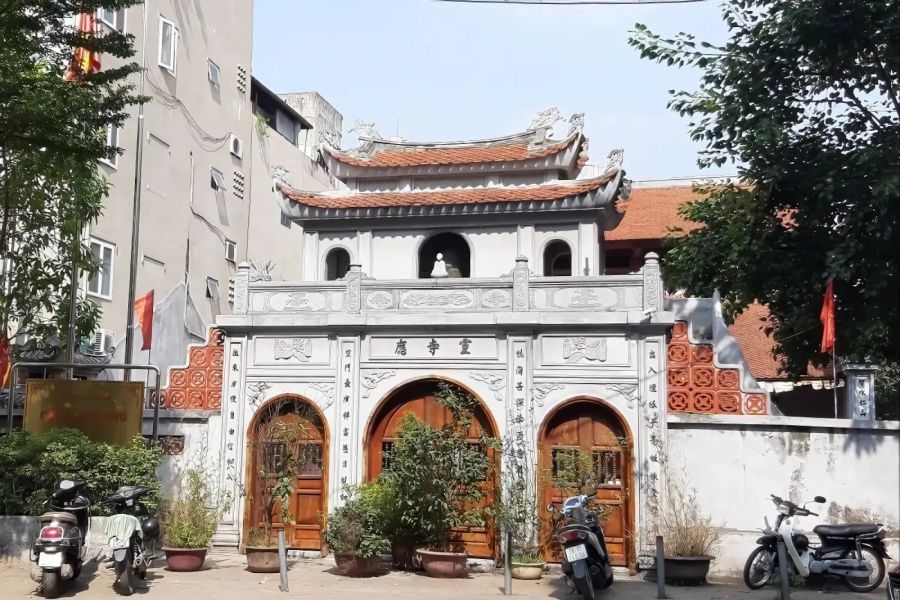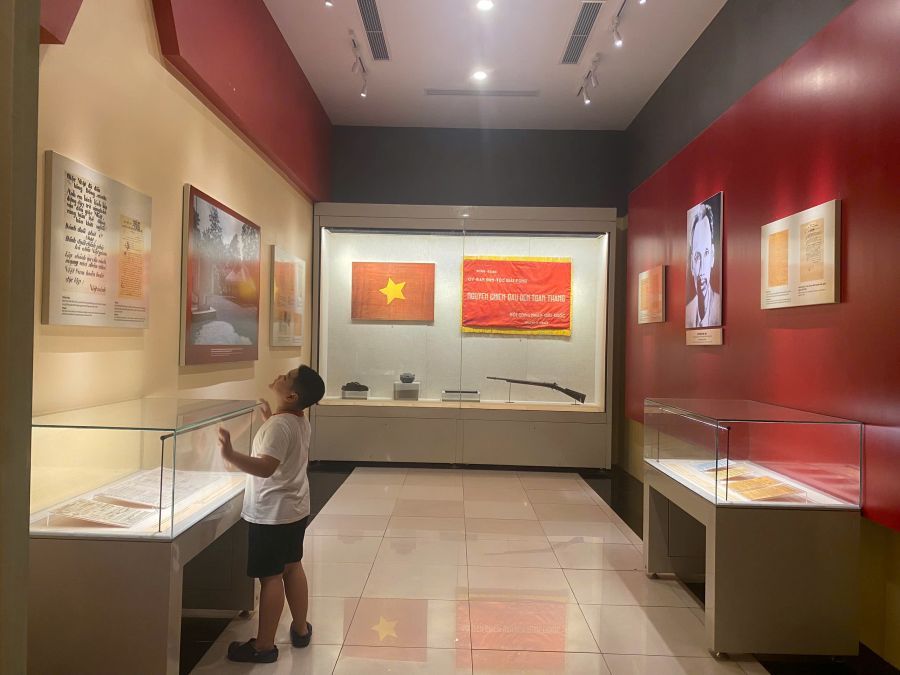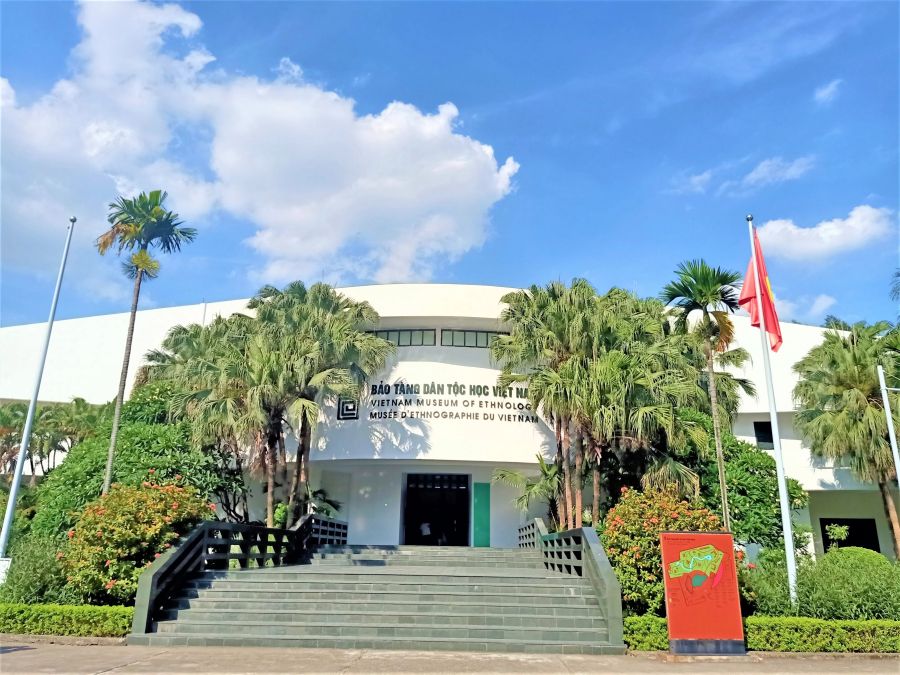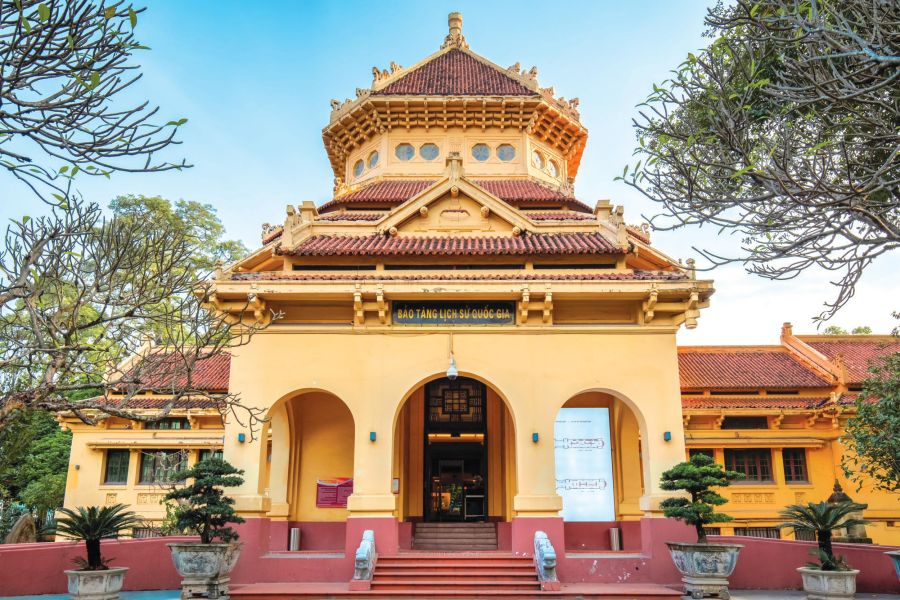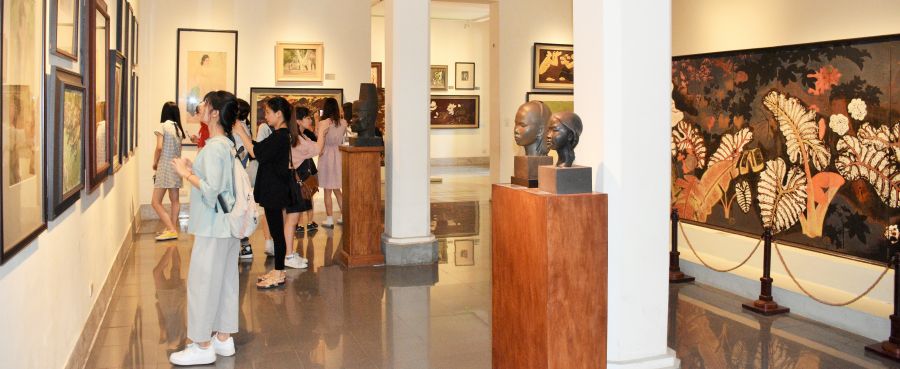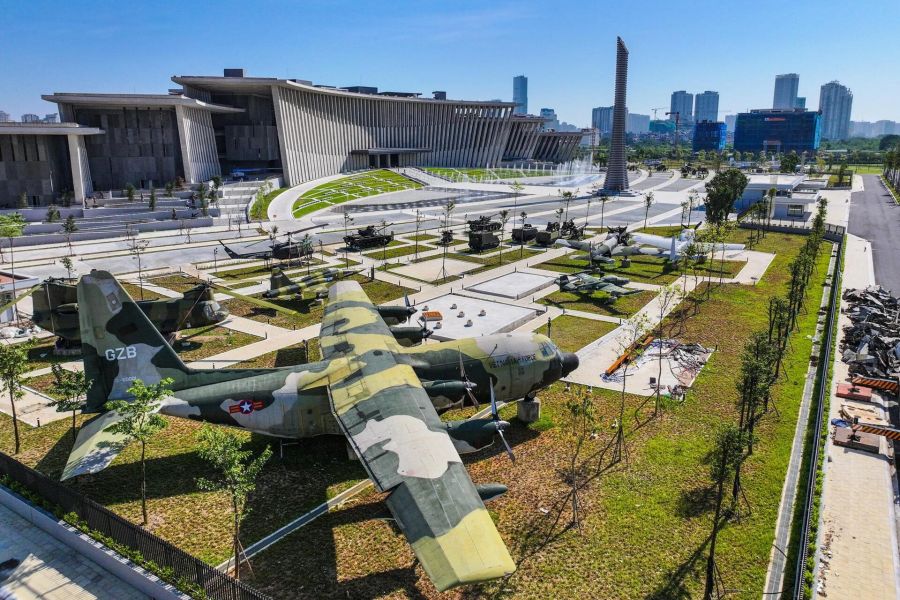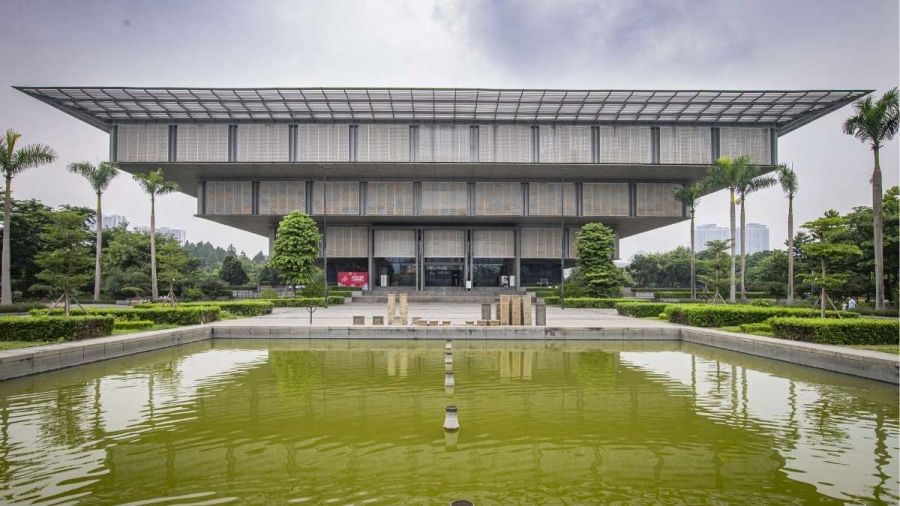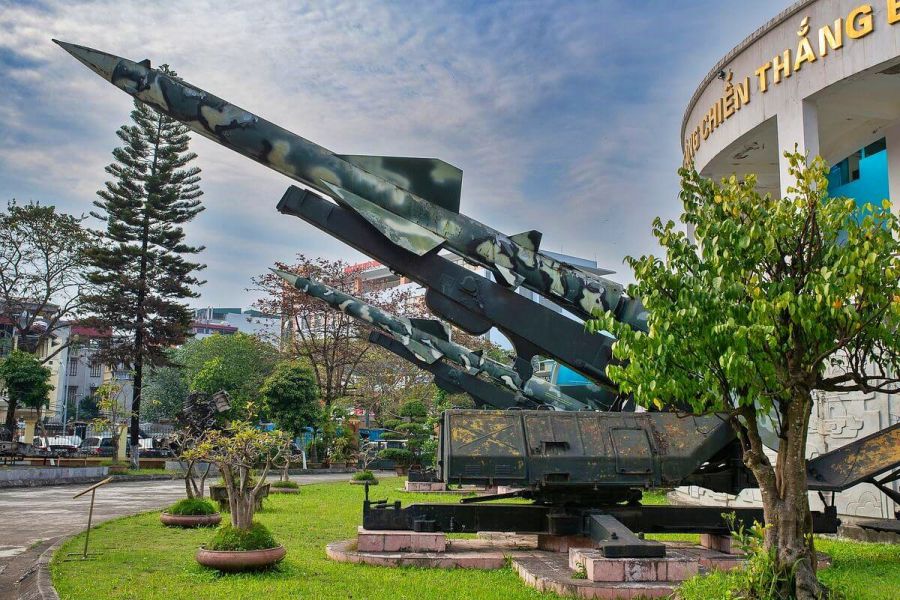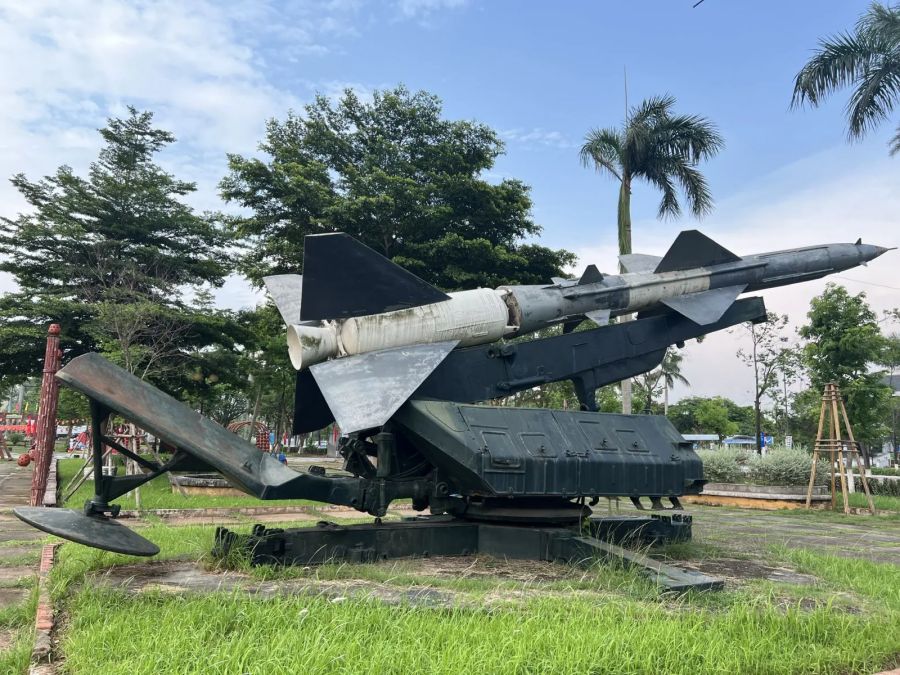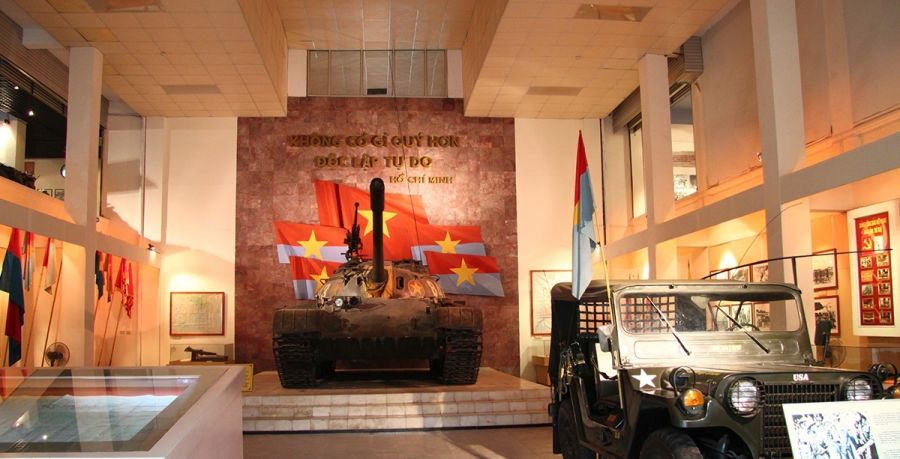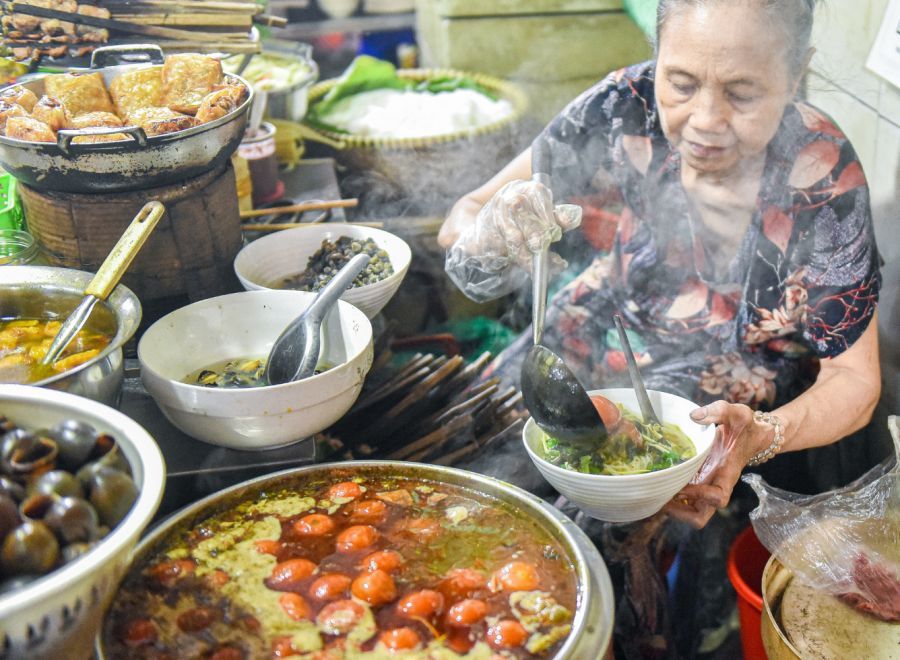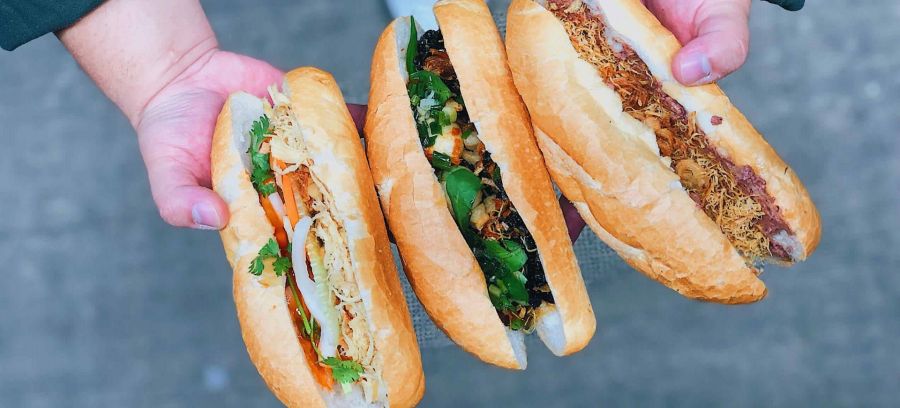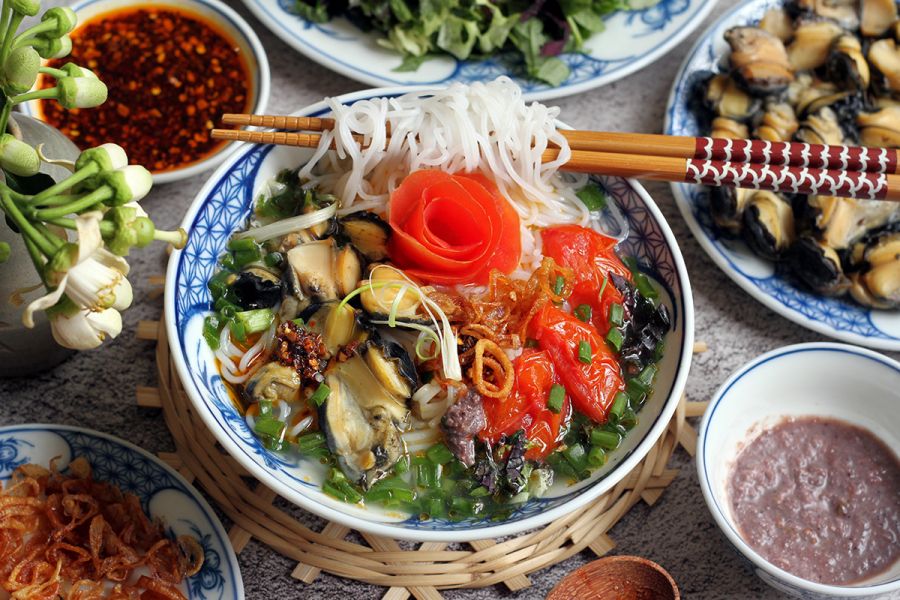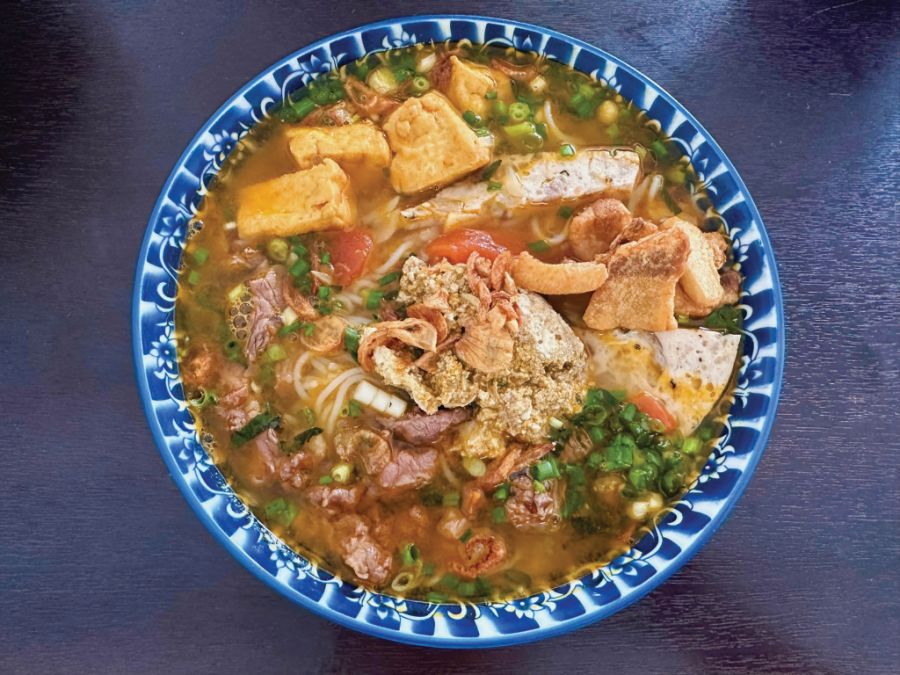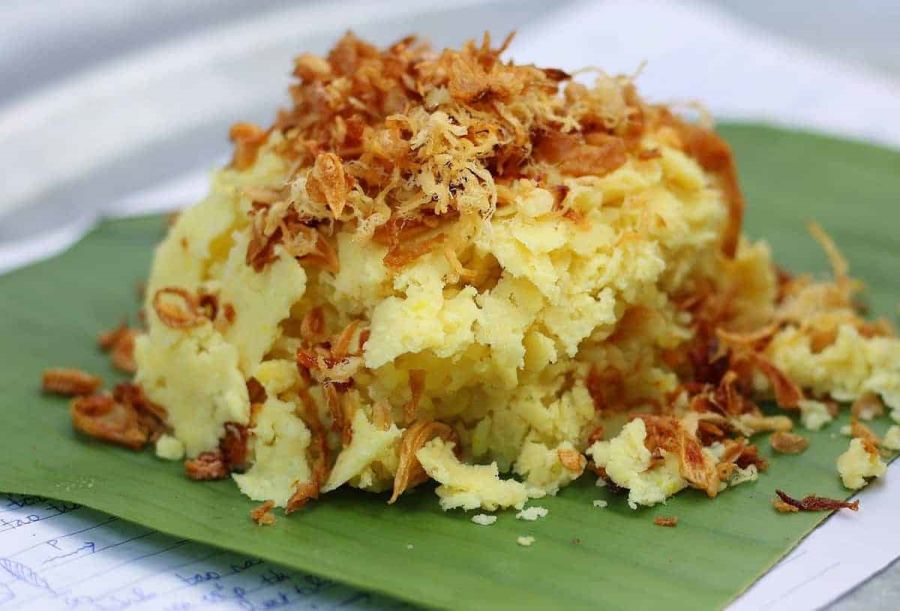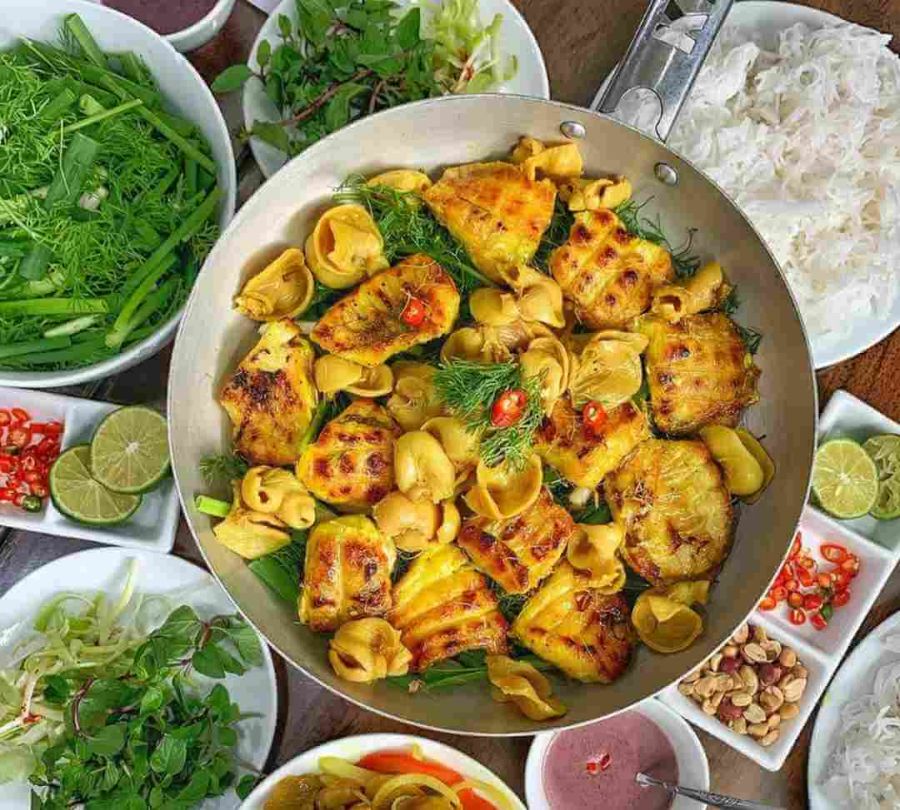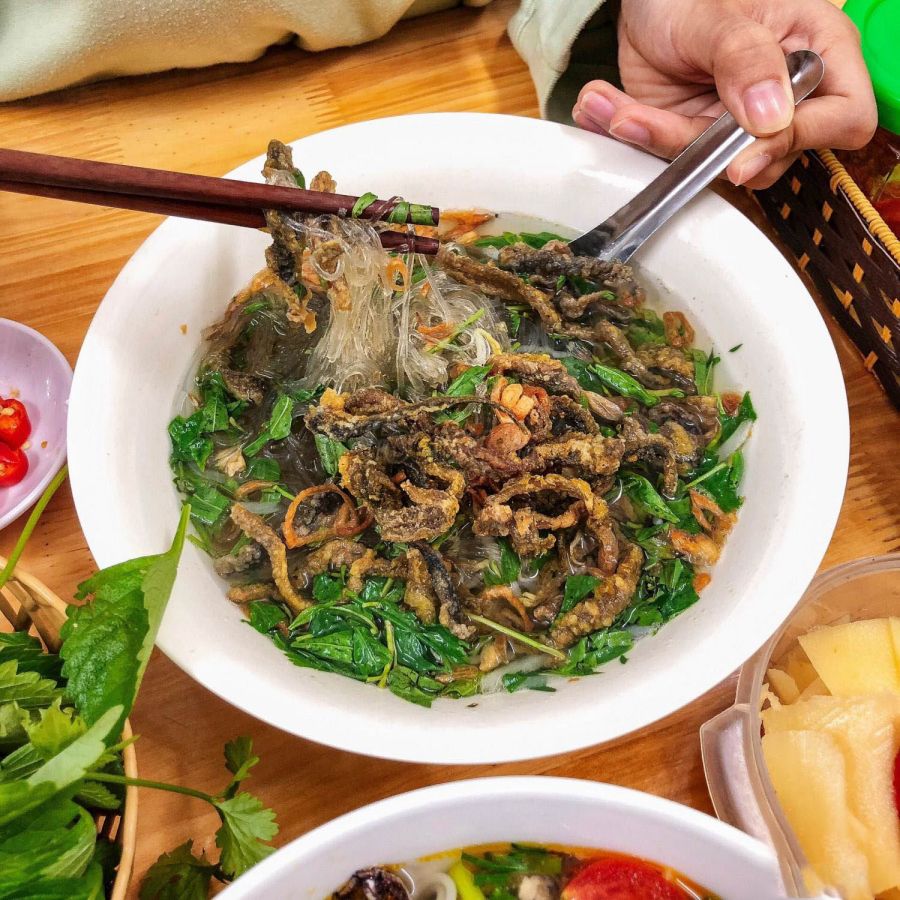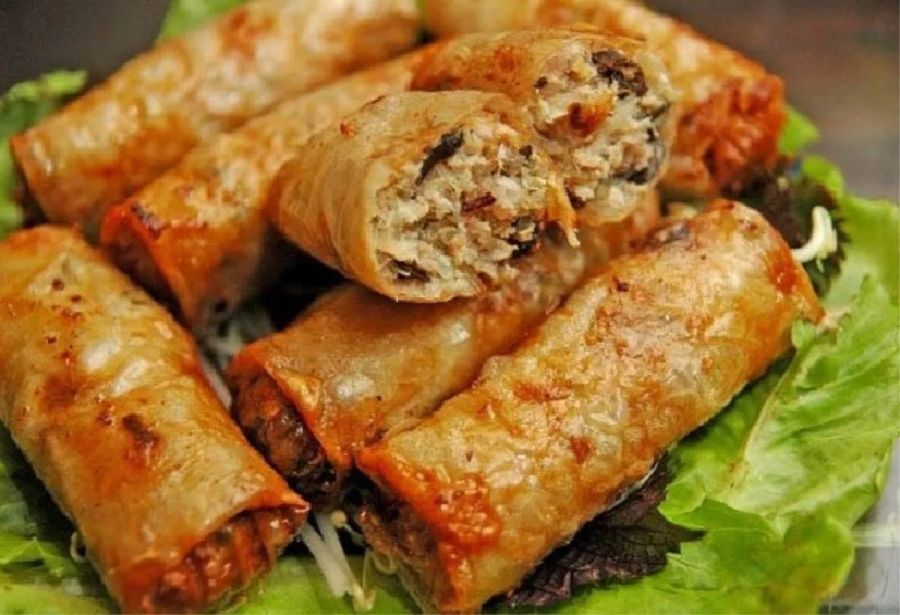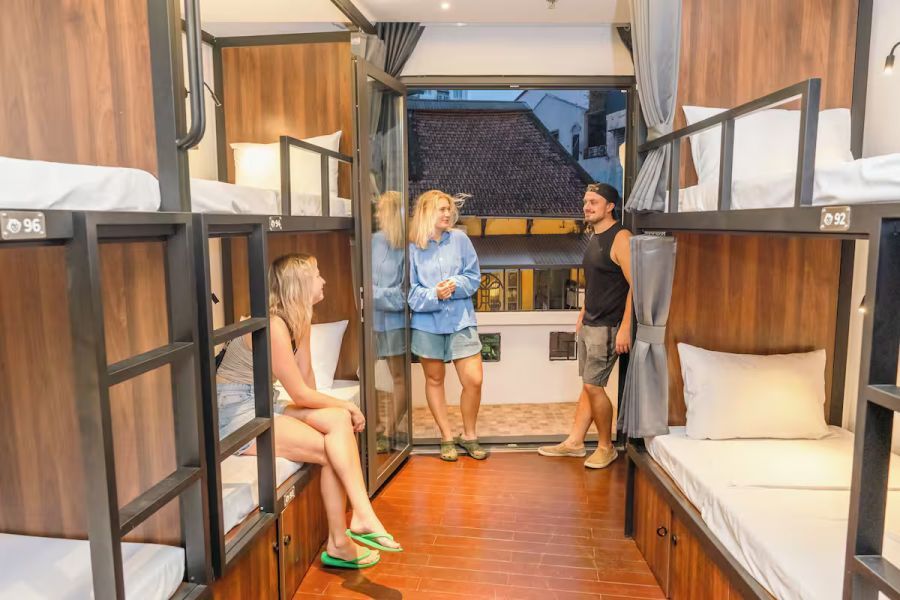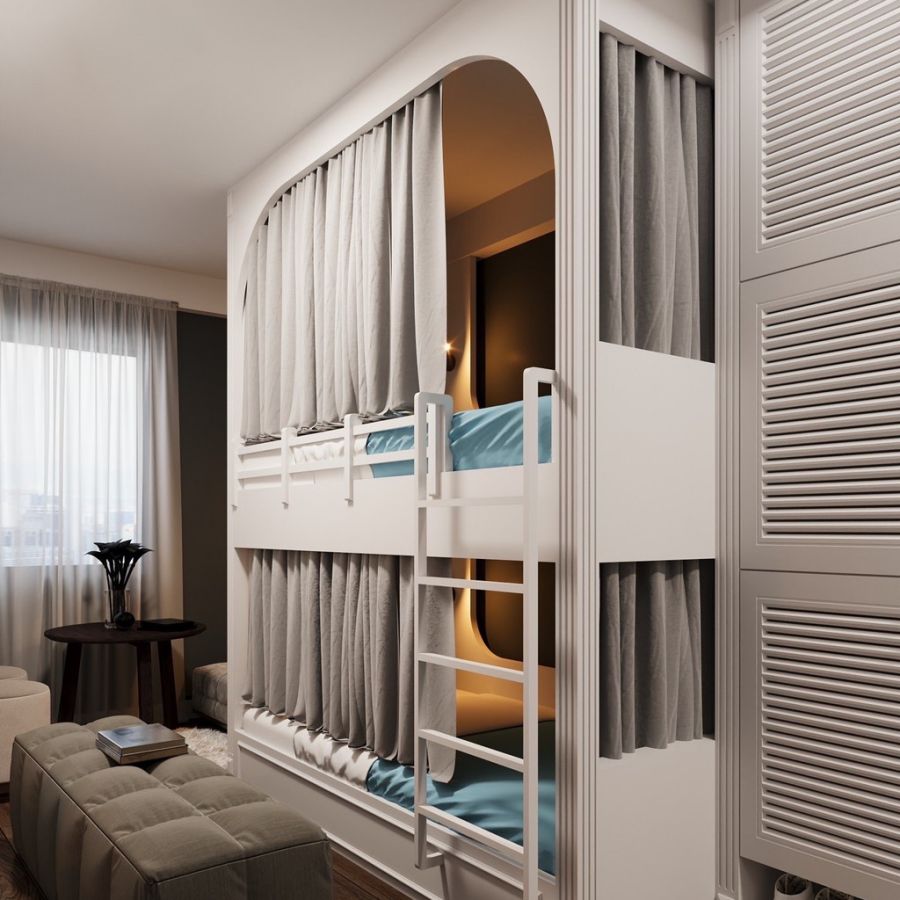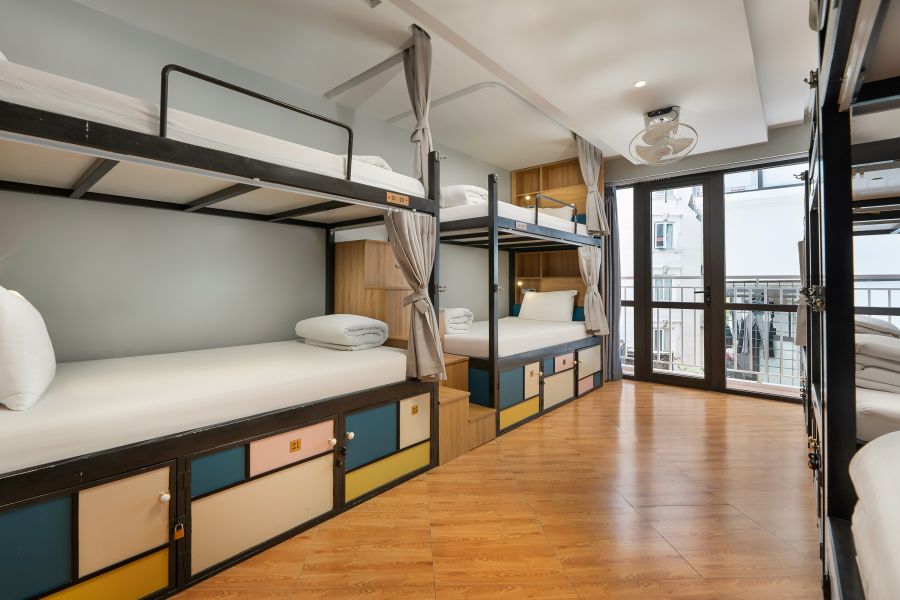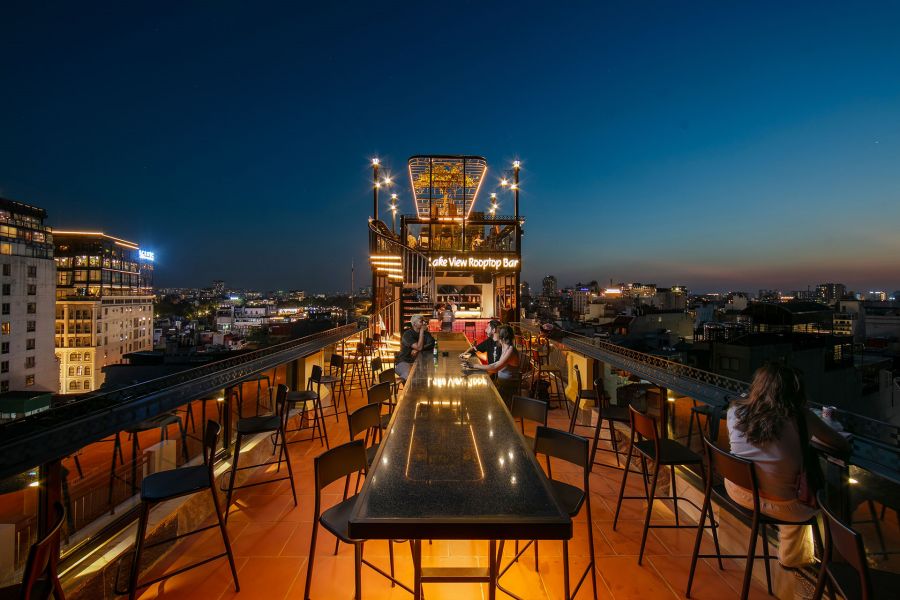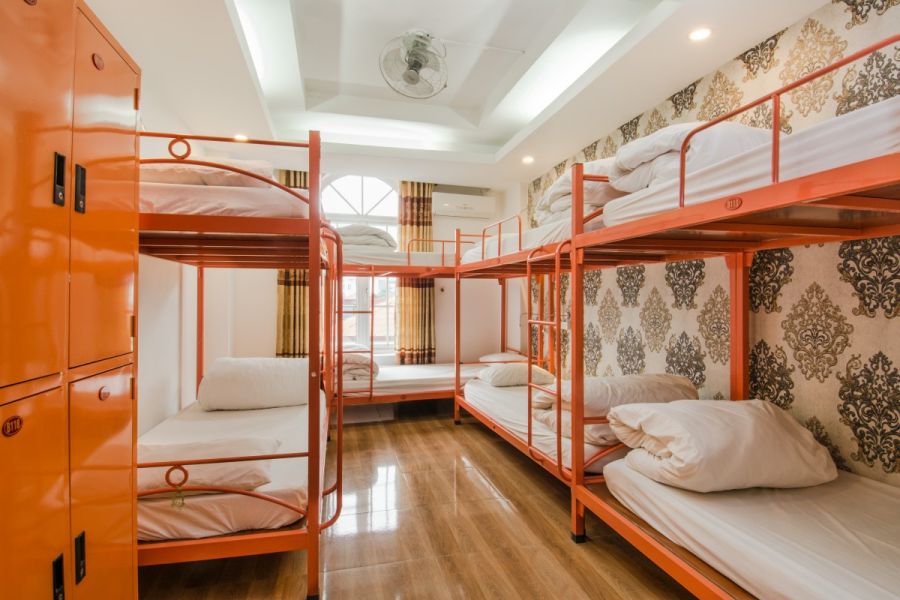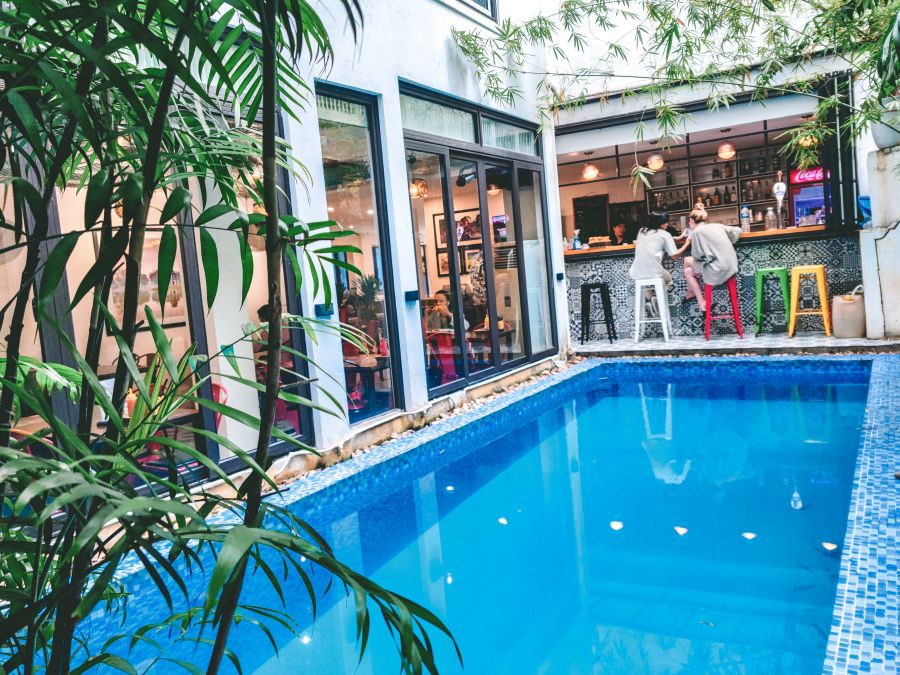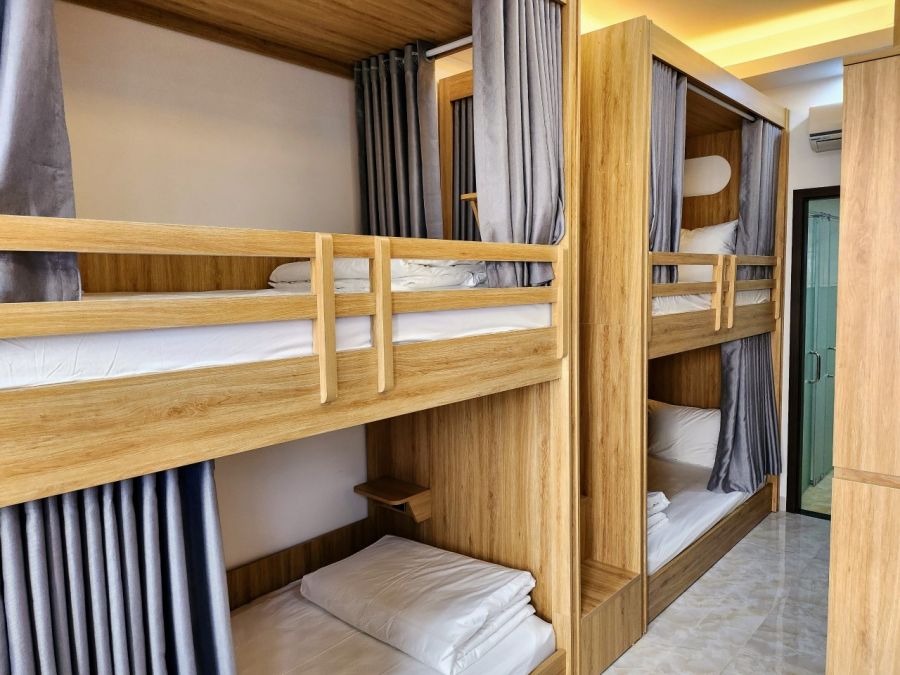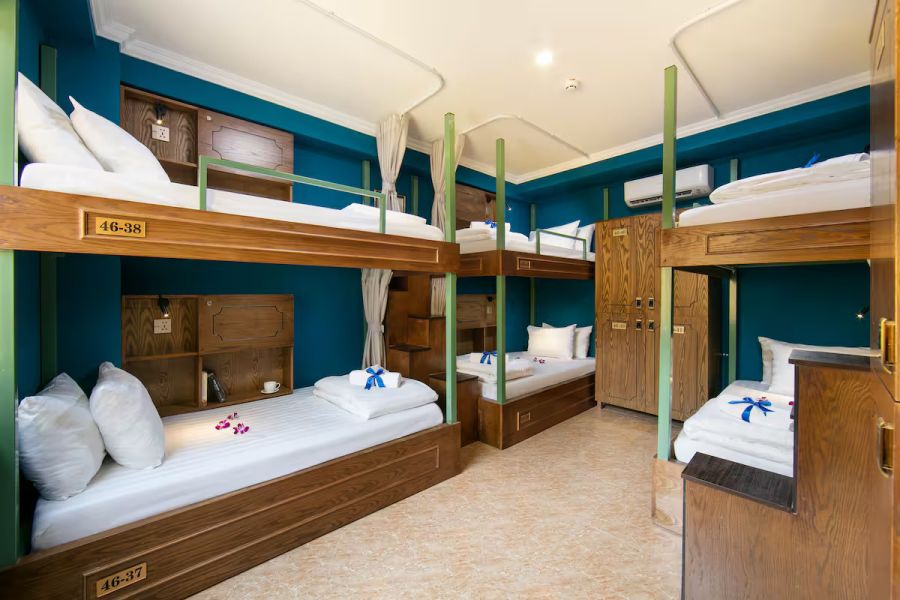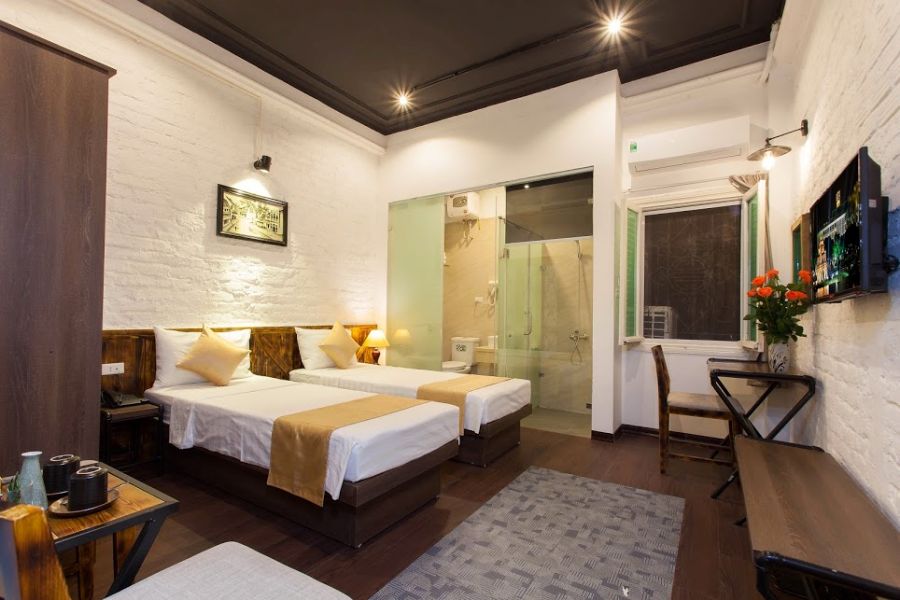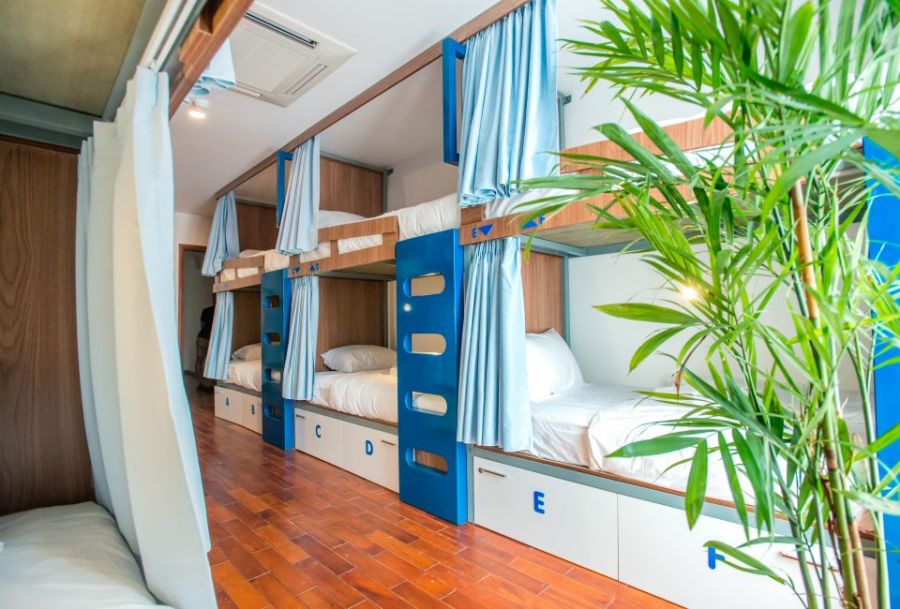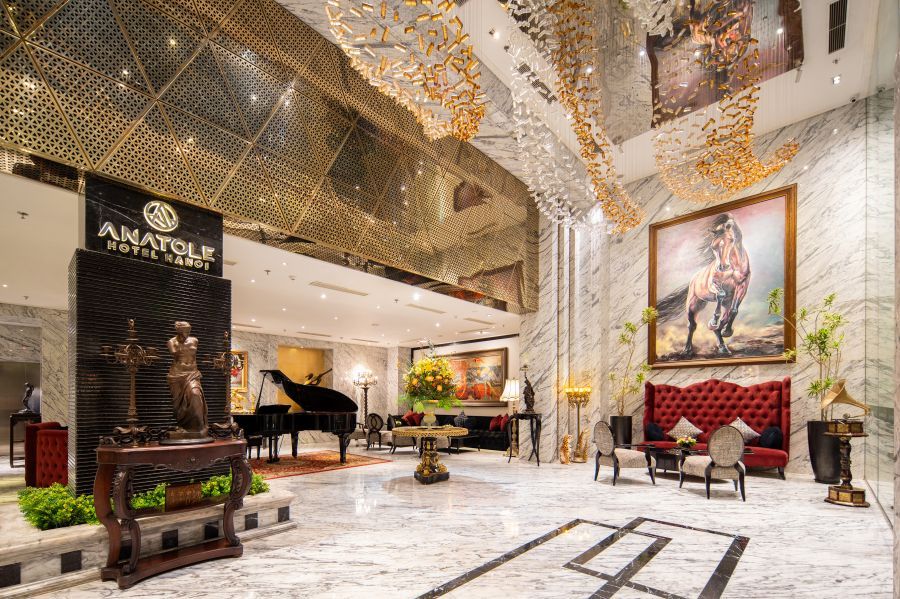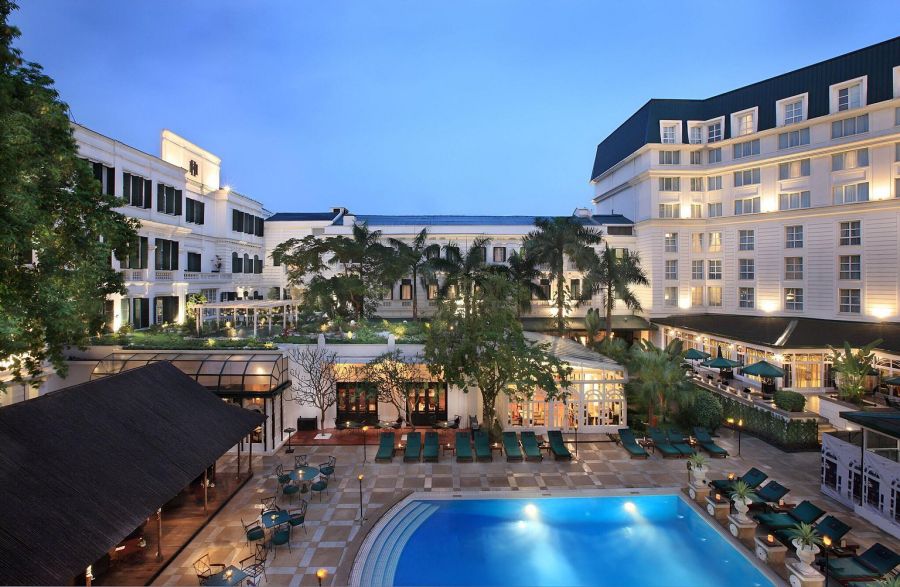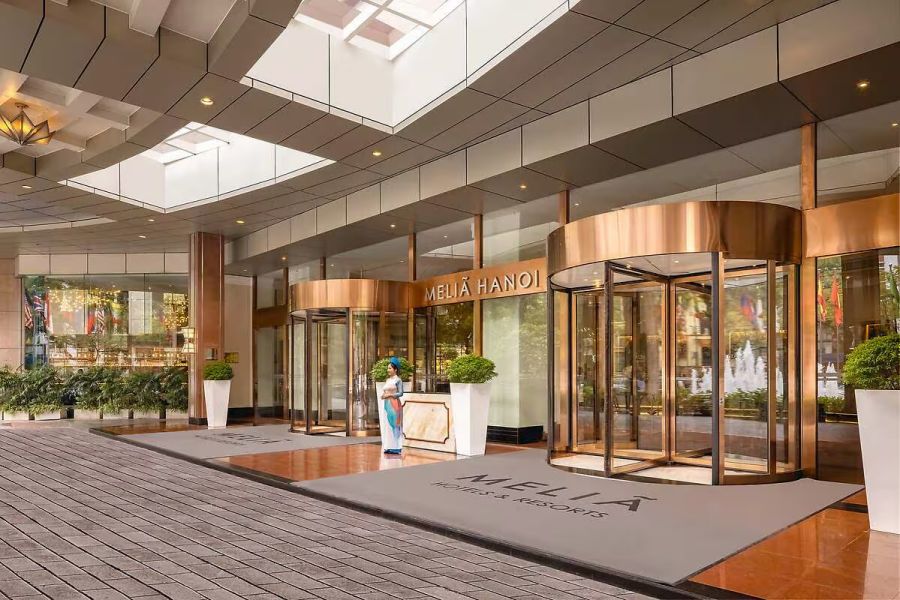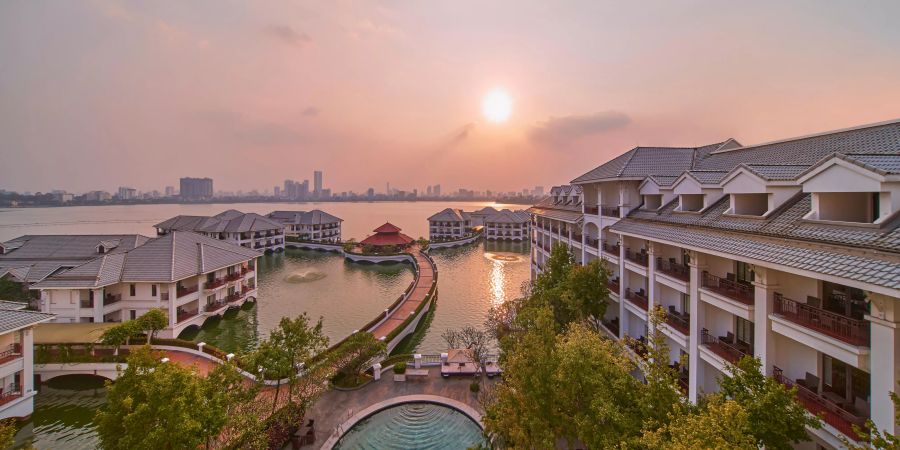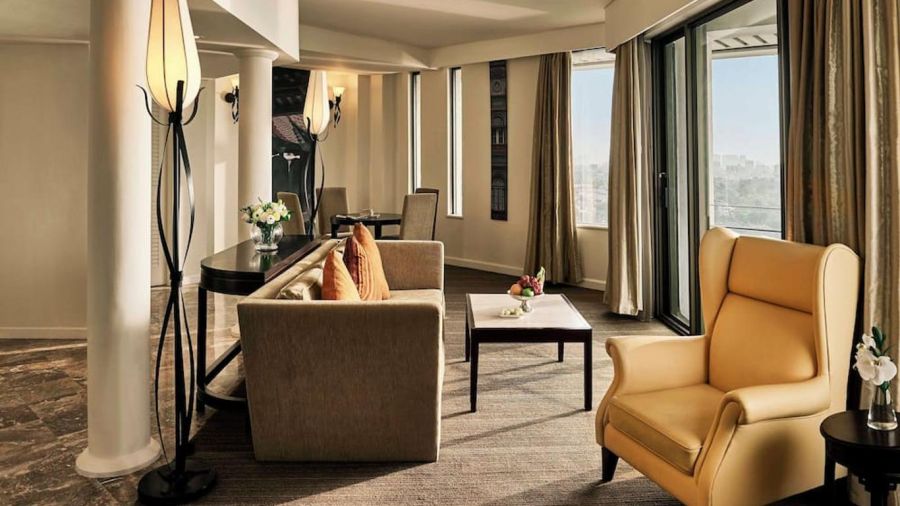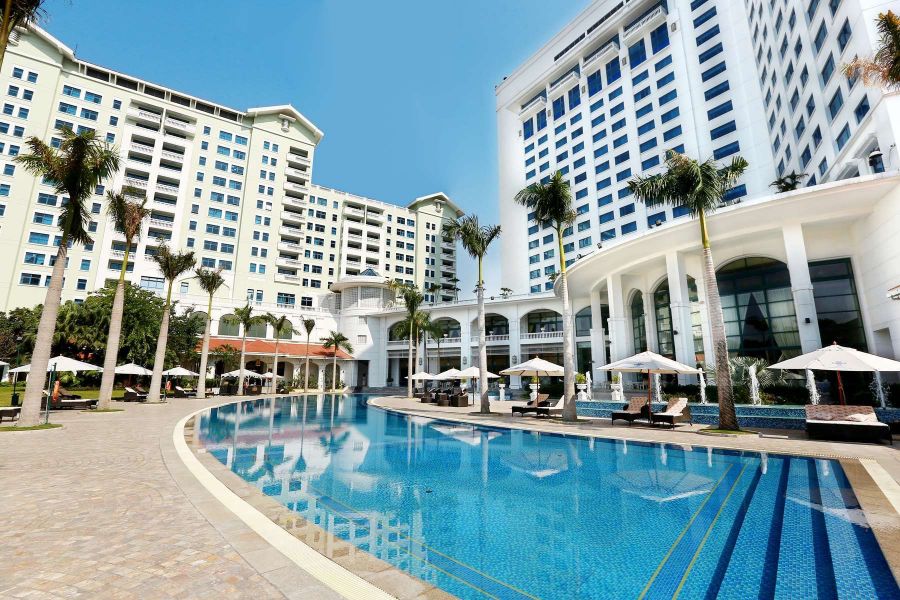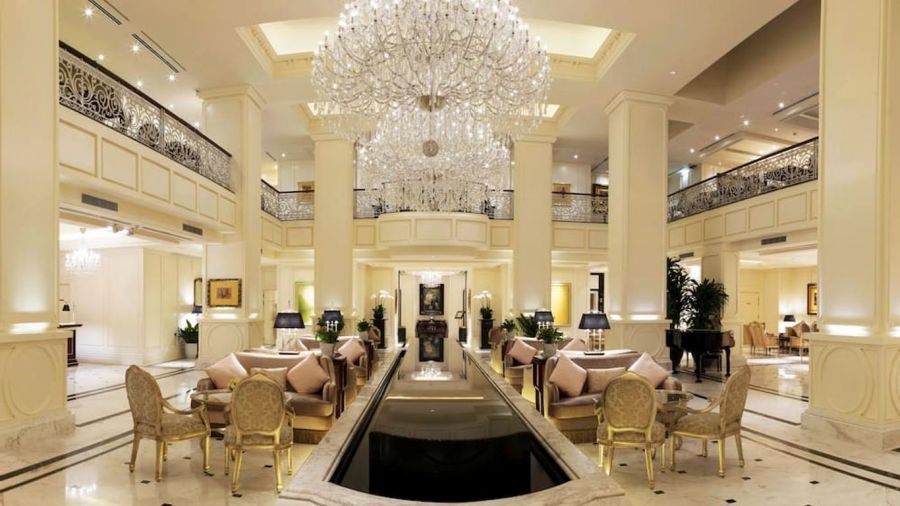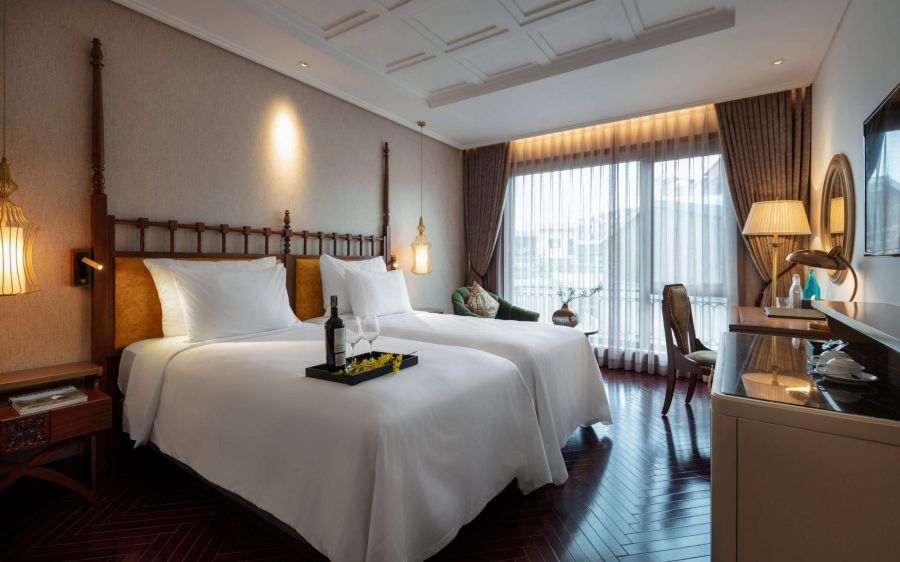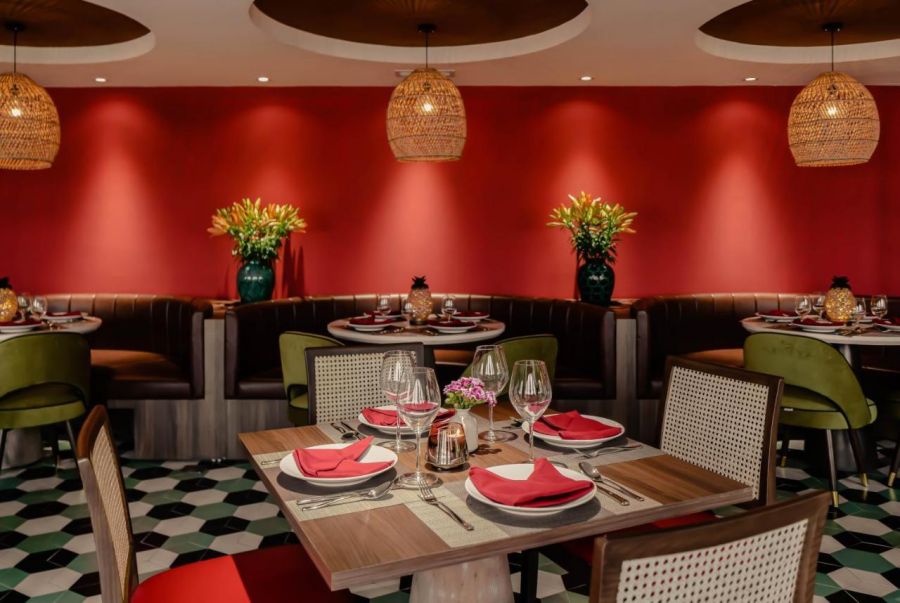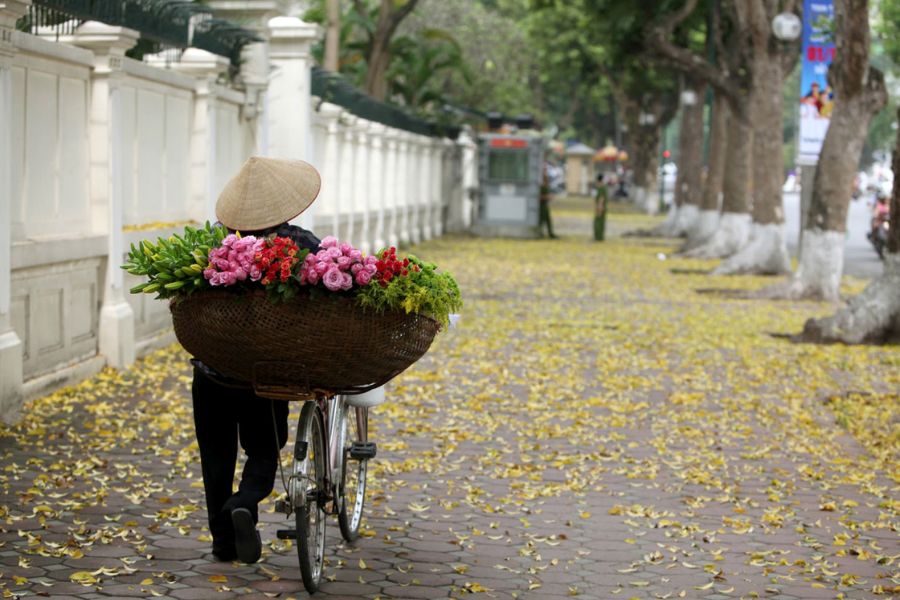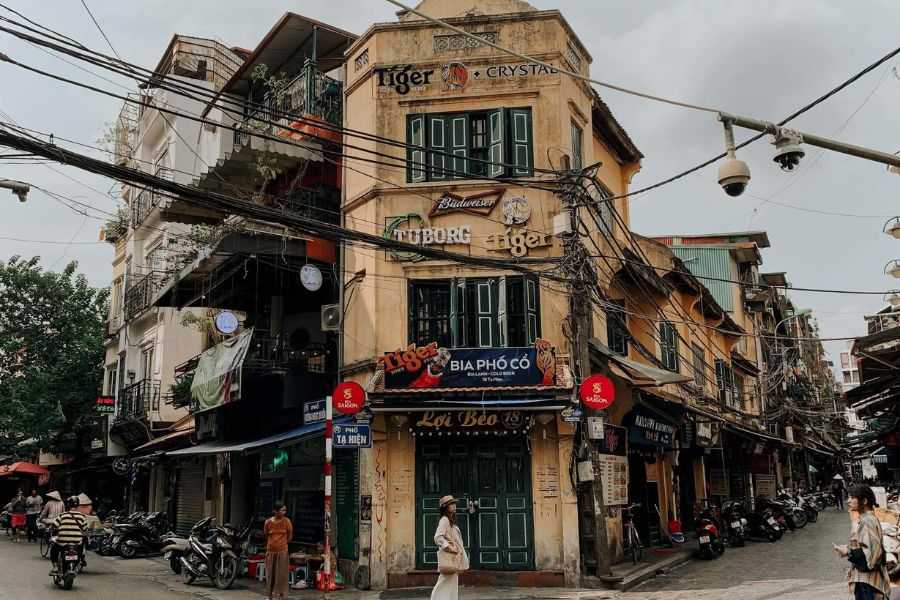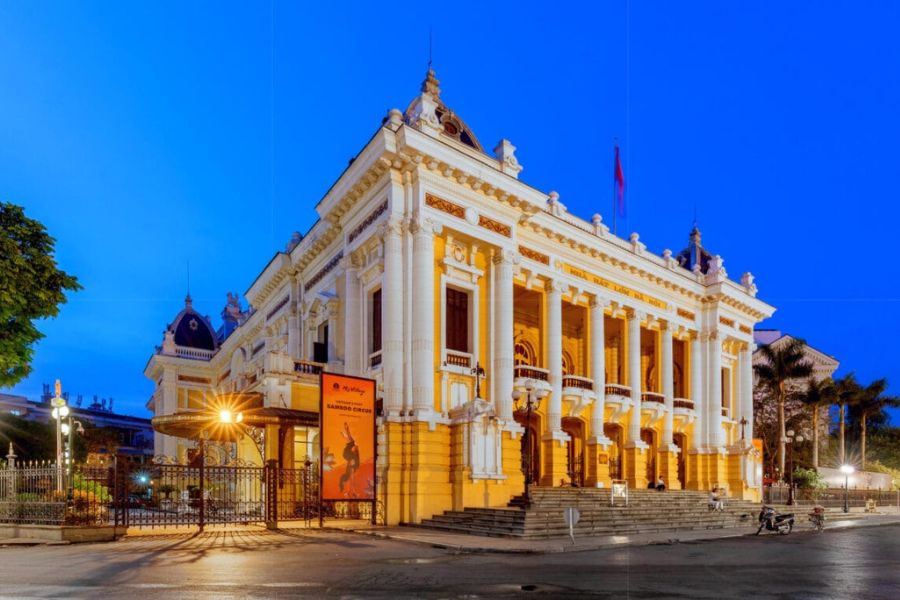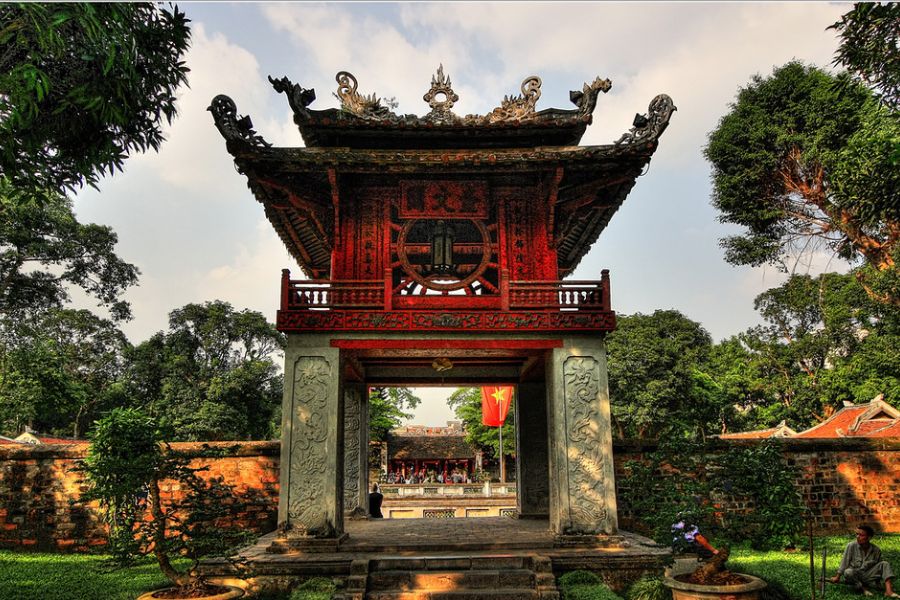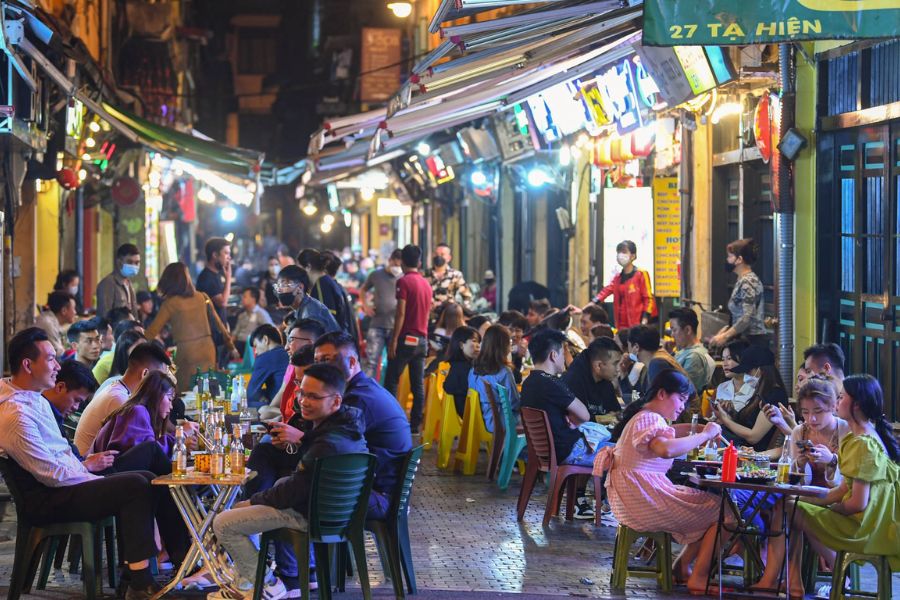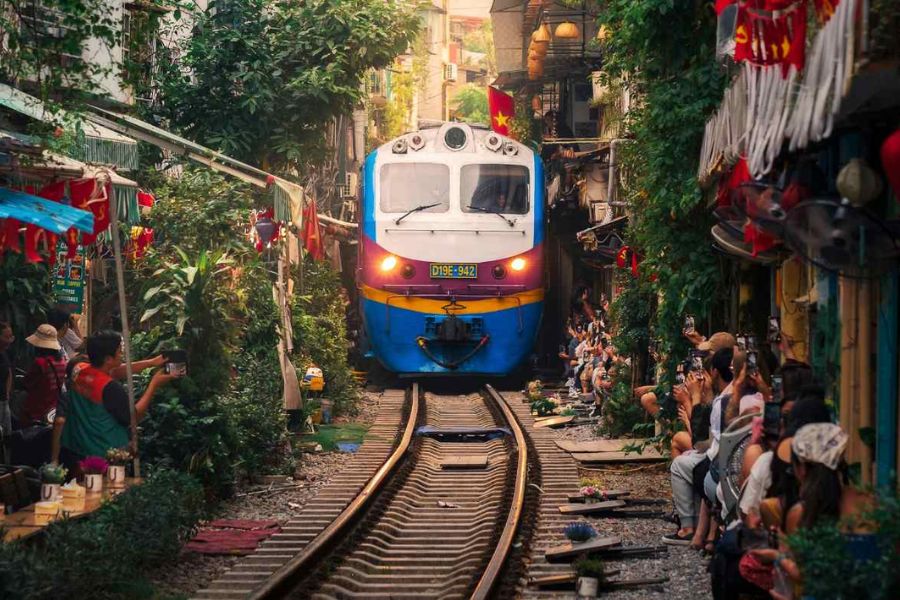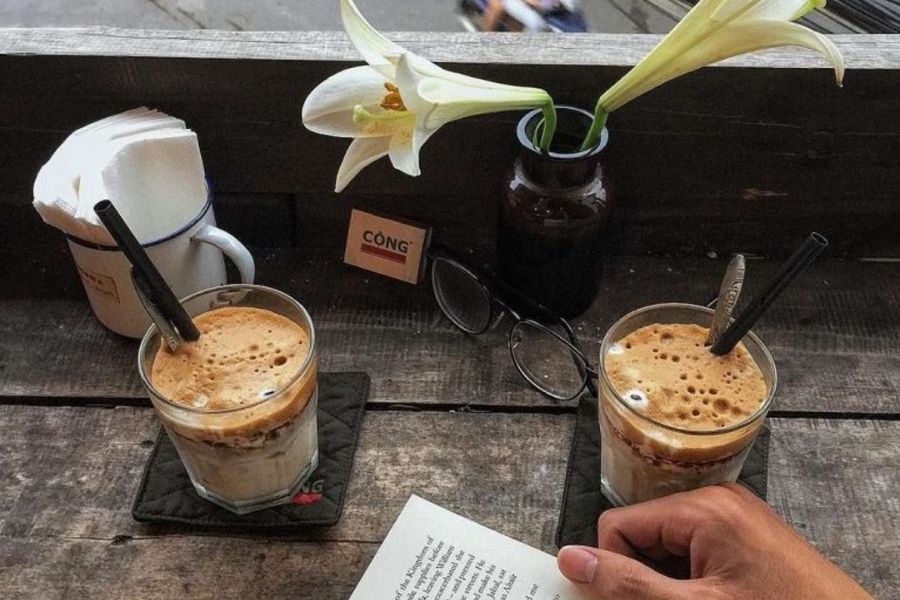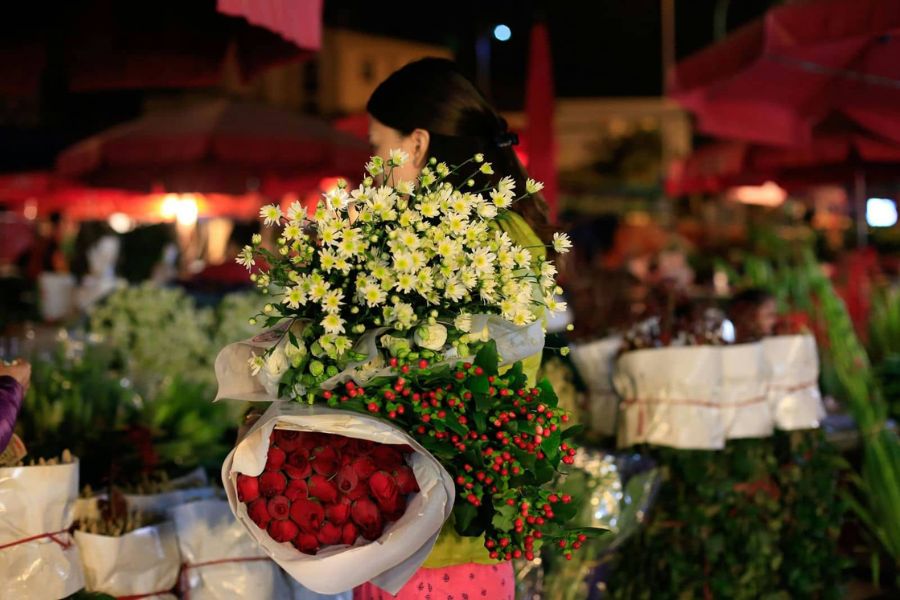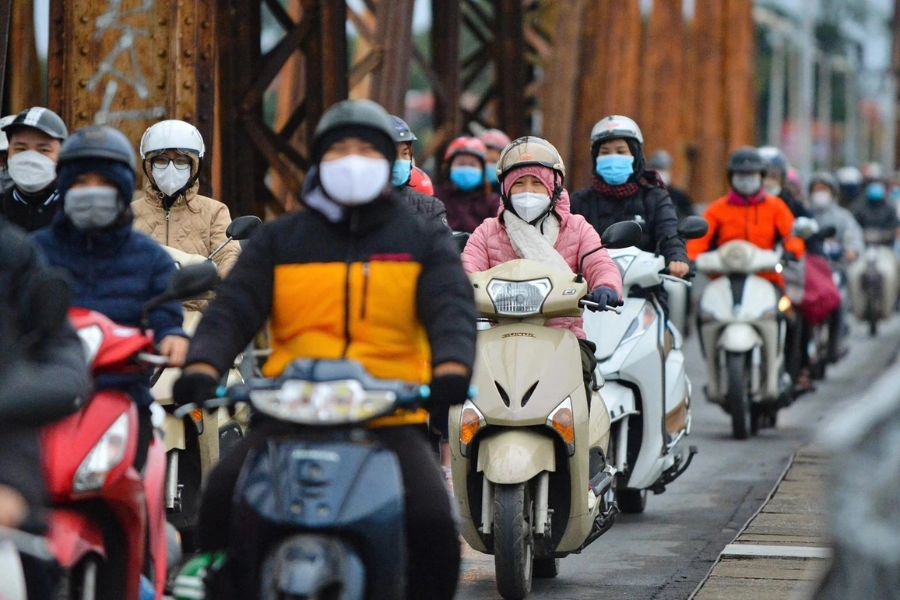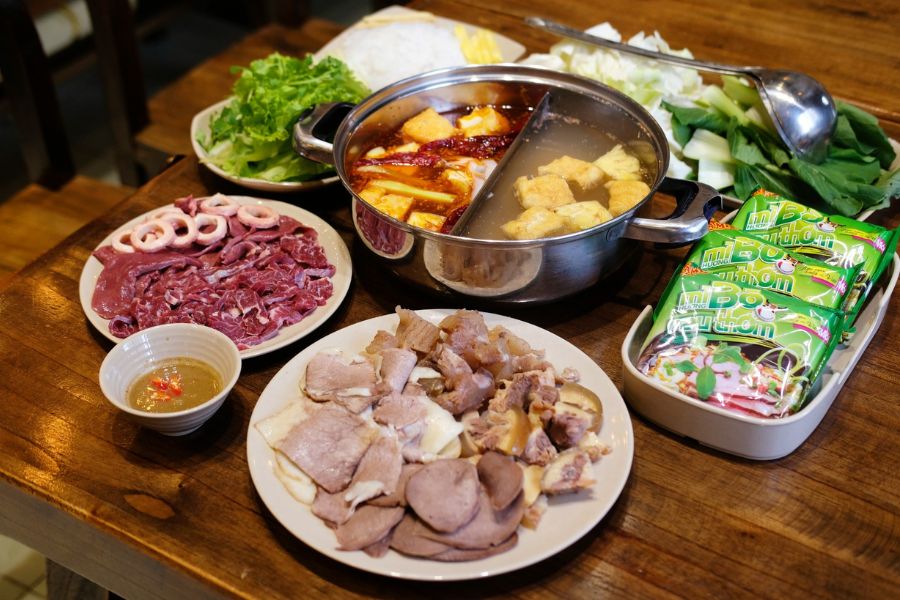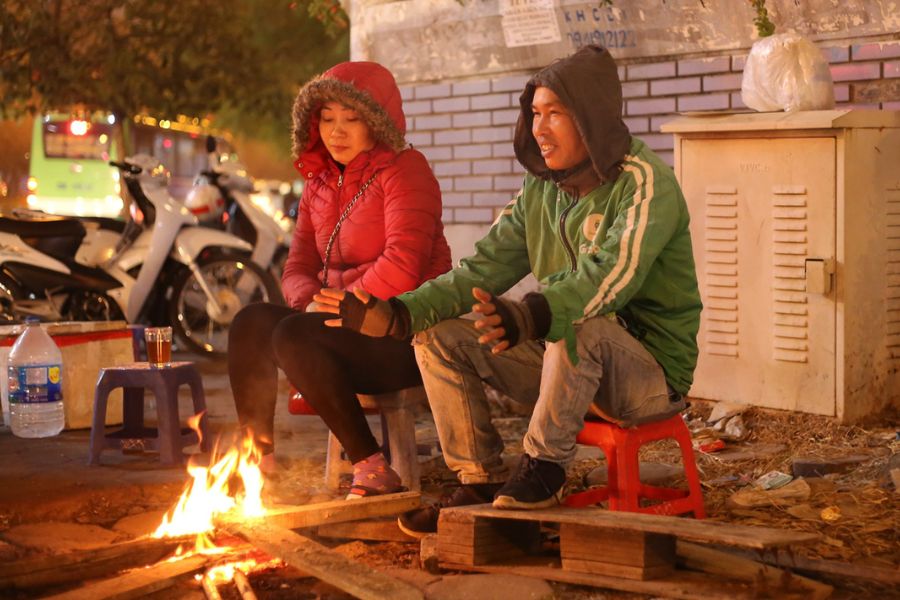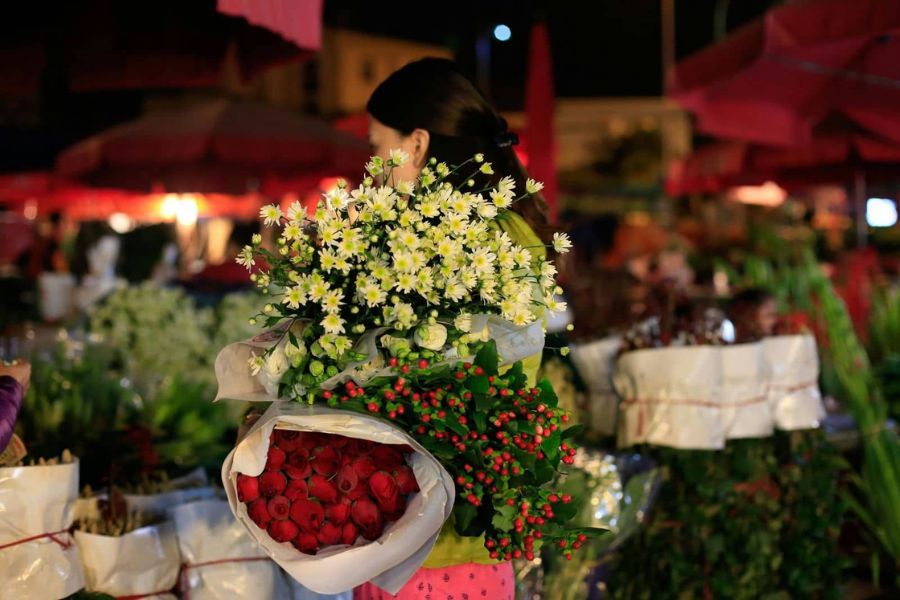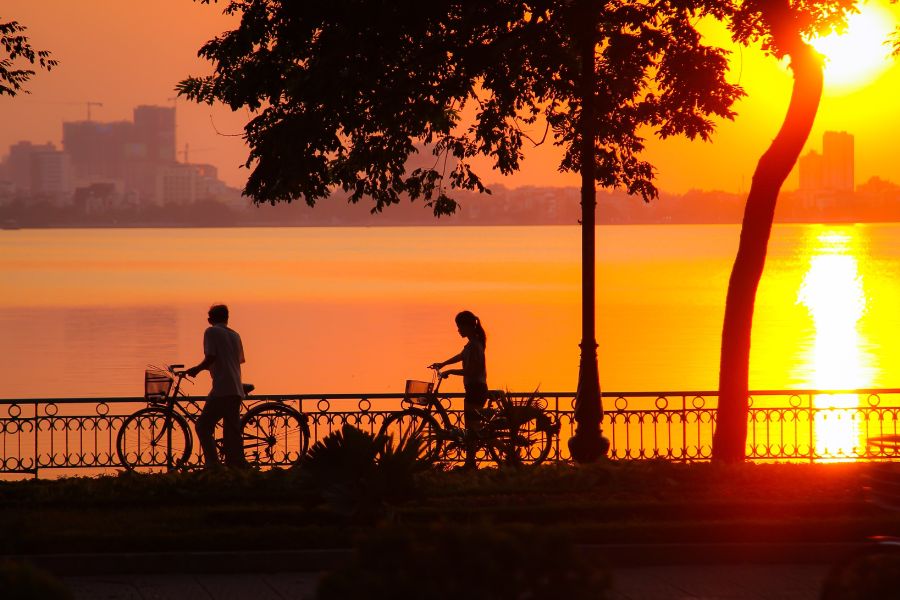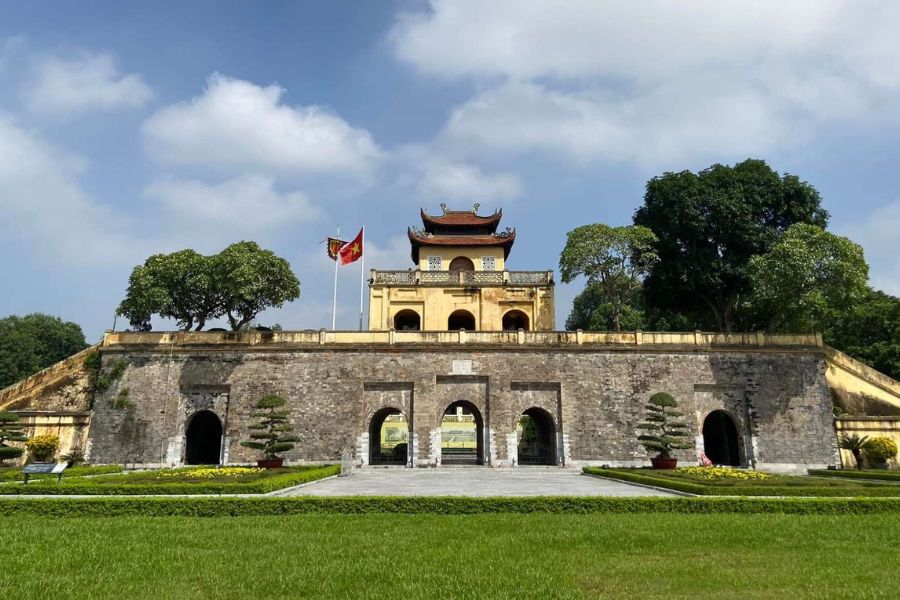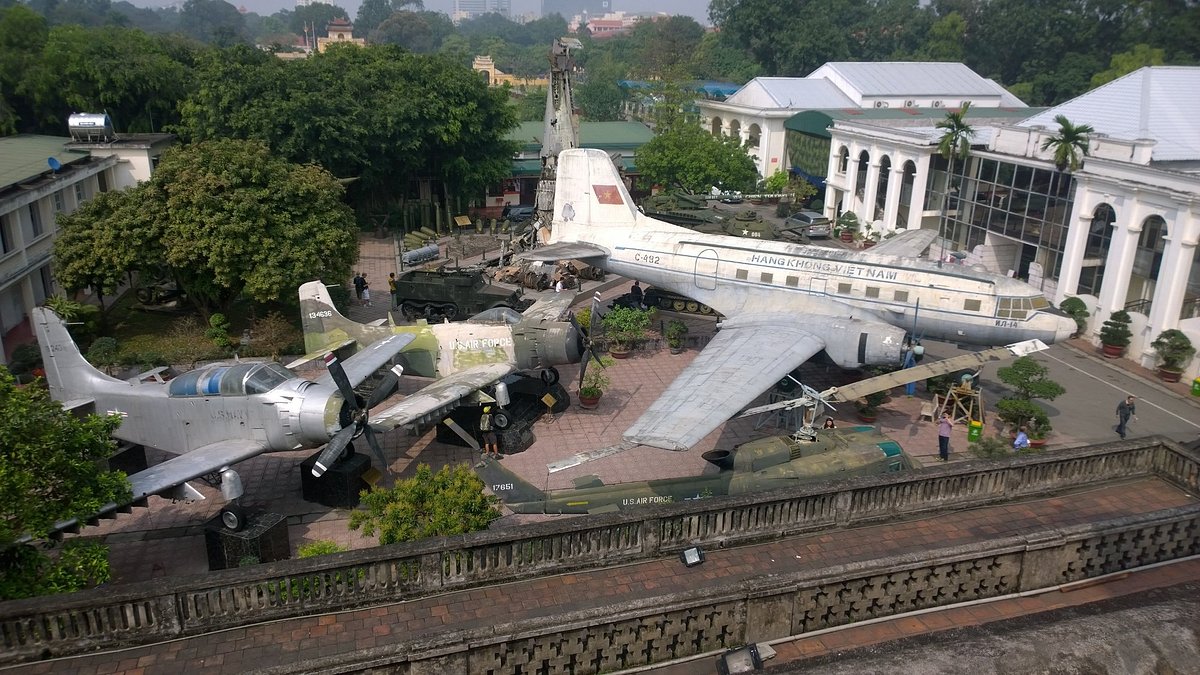From Hanoi To Ha Giang: The Best Guide For Travelers
A trip from Hanoi to Ha Giang provides breathtaking views and unforgettable experiences. Now this travel guide will tell you how to get to Ha Giang safely and conveniently from Vietnam capital, including transport options and useful tips.
Overview of Hanoi To Ha Giang
The trip from Hanoi to Ha Giang is a special experience for anyone looking to explore some of the most dramatic and remote areas of northern Vietnam. Hanoi, the capital and entrance point to lively Vietnam with its rich tapestry of history, street life, and unmatched food scene, is worlds away from what you will find in Ha Giang province. This most northerly province is a land of towering limestone peaks, heart-stoppingly tortuous roads which snake through lush valleys and a patchwork fabric of a cultural tapestry spun by a myriad of ethnic minority villages.

It is precisely the appeal of blending the bustling urban life of Hanoi with the pristine and jaw-dropping natural beauty of Ha Giang that has made this journey a top priority for a growing number of travel enthusiasts, with the promise of a truly varied, enriching, and unforgettable adventure.
How Far Is It From Hanoi To Ha Giang?
The Hanoi to Ha Giang distance is nearly 300 kilometers. It usually takes 5 – 7 hours, depending on how you travel (bus, car, etc.) and road conditions. The road runs along National Highway QL2 and through towns such as Vinh Yen, Viet Tri, Tuyen Quang, Bac Quang, before reaching Ha Giang city.
Although the road tends to be in good condition, the mountainous trip can take anywhere from two to four hours. Travelling time can be influenced by weather, particularly during the rainy season from May to September.
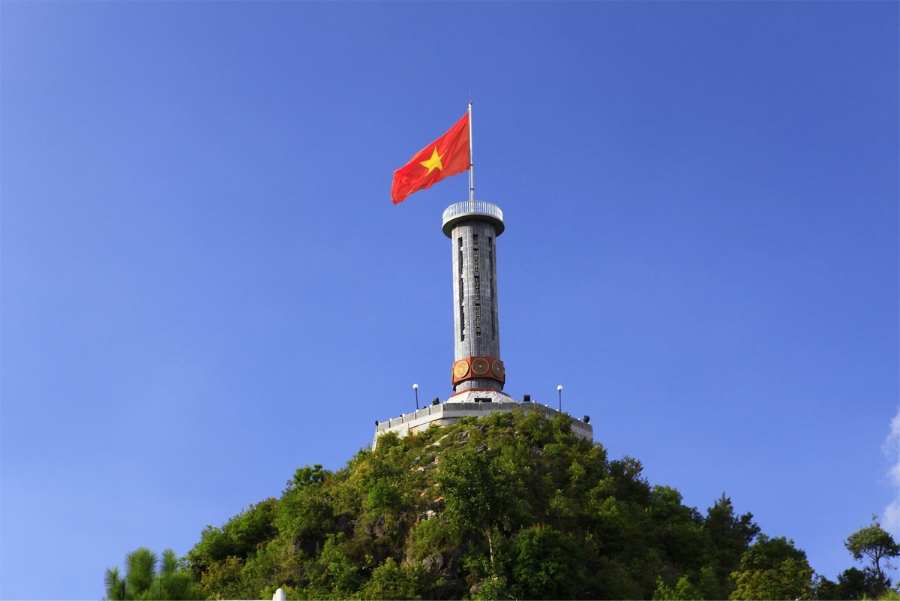
How To Travel From Hanoi To Ha Giang?
As you plan your journey from Hanoi to Ha Giang, there are several options for travel, each of which gives you a different traveling experience. The right one for you will boil down to your budget, the amount of time you have at your disposal.
By Motorbike
Riding a motorbike from Hanoi to Ha Giang loop is perhaps the most adventurous and rewarding way to feel the change from city to mountainous areas. Many backpackers choose this option to enjoy the countryside and small villages along the way.
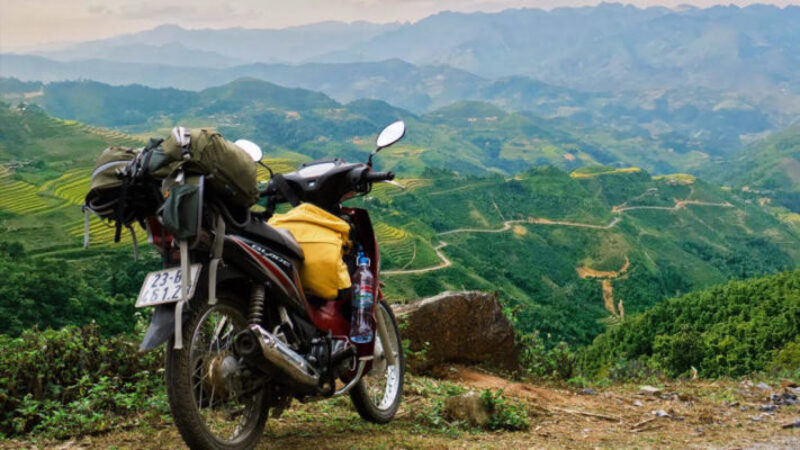
The information about travelling by motorbike is as below:
| Aspects of info | Details |
| Price | 150,000 – 250,000 VND/day |
| Total riding time | Usually 8-10 hours |
| Route | National Highway 2 (QL2) |
However, most people who’ve had any amount of experience find it’s better to treat this as two days of riding, stopping for the night somewhere like Tuyen Quang or Bac Quang to get some sleep and give your legs a break.
Riding a motorbike offers unlimited freedom as well to take it easy and enjoy the scenery to its fullest, while you stop whenever a beautiful view or charming village draws your attention. However, riding for long hours can be physically punishing, especially if you’re not used to riding a motorcycle. Then, bad weather conditions can affect your comfort and safety.
Safety tips:
- Remember to protect yourself and wear a helmet, long pants, elbow pads, and knee pads.
- Your rental motorbike should be thoroughly checked before you step on the gas, make sure brakes, tires, lights, and horns operate properly.
- Drive defensively, keep an eye out for other vehicles, pedestrians, and animals
- Do not overload your motorcycle, which can affect its stability and handling.
- Don’t forget to drink plenty of water and take rest stops to fight fatigue while staying safer and having more fun on the road.
By Bus Or Minivan
The most popular and typically cheapest way to go from Hanoi to Ha Giang is by bus or minivan. This approach provides an easy and relatively comfortable trip and is a popular choice among many commuters. It is served by several good bus companies, with differing levels of comfort and service.
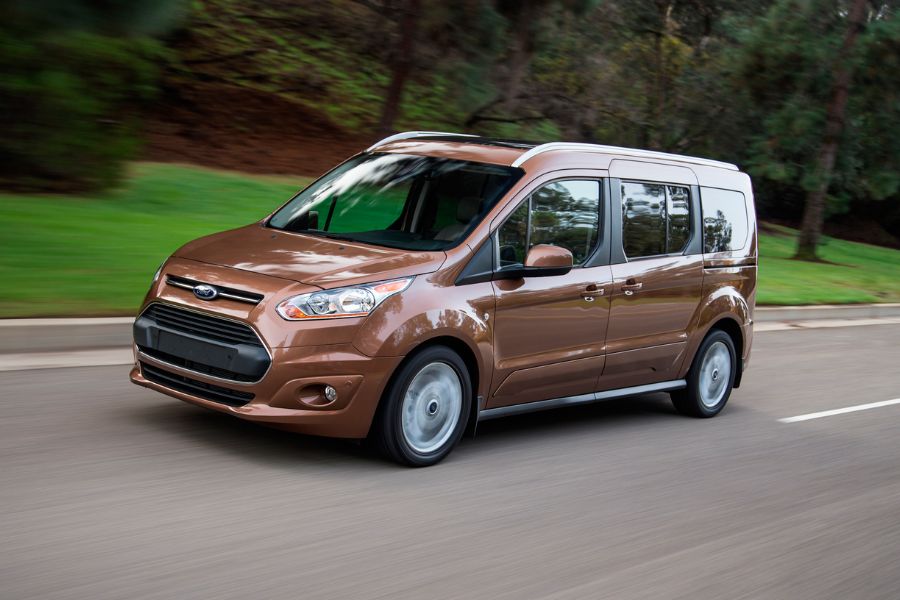
The table below will show you more information about taking a bus/minivan to Ha Giang.
| Aspects | Details | Notes |
| Operators | Hai Van Express and Hung Thanh Express, Cau Me Bus | If you’re going overnight, you’ll be able to lie down completely flat and sleep, which is very convenient. |
| Departure stations | My Dinh Bus Station or Giap Bat Bus Station | In some cases, limousine van services can also pick you up directly at your hotel in the busy Old Quarter of Hanoi. |
| Prices | 250,000 VND to 400,000 VND | Limousine vans ask for a little more for the sake of comfort. |
| Travel time | 6 to 8 hours |
Day and overnight services are offered, and people flock to the overnight sleeper bus in particular. The overnight buses normally leave around late at night, giving you time to snooze your way, and you will wake up in Ha Giang early morning of the following day in good shape to start the Ha Giang Loop.
By Private Car
Travelling by a private car is a good option for travel groups or families who demand more comfort, convenience, and flexibility. This top-rated service offers the most customized and comfortable trip from Hanoi to Ha Giang.

A private car will cost from 2,500,000 VND to 4,000,000 VND. This price also fluctuates, depending on the type of vehicle rented (medium sedan, bigger SUV, or minivan), the number of passengers, and the term of rent. And importantly, these rates generally encompass the professional driver fee, all fuel, and any road tolls applicable, which makes for a clear and all-in price.
You will be picked up at your hotel in Hanoi and sent to your exact address in Ha Giang. This takes the hassle out of transporting your luggage on public transport. Also, with a private car, you can precisely decide what time you want to leave, and importantly, where you want to stop with the freedom to pull over for a photo, a comfort stop, or even a meal at your own pace to suit your visit. Since there are no multiple stops to drop off other passengers, and so you may get to your destination in a shorter time than a bus or train.
By Train
There is no train directly from Hanoi to Ha Giang, but you can travel by train from Hanoi to Lao Cai and reach Ha Giang by coach or private car. This is not the most direct choice, but if you like travelling by train and would like to pair your visit with a trip to beautiful Sapa, you will be able to do so. The most common is the overnight train from Hanoi that leaves from Hanoi’s Tran Quy Cap Station. It takes 8-10 hours to arrive in Lao Cai and 5-6 hours more to go from Lao Cai to Ha Giang.

The price can be different due to your choice of seats:
| Types of seats | Prices |
| Hard seats | Around 250,000 VND |
| Soft sleeper cabins | 800,000 VND or more |
Travelling by train provides a distinct experience of an overnight train ride, which some consider to be a more leisurely and authentic way to travel. But, the main disadvantage is that this is usually the lengthiest way to travel in total, adding potential hassle and time to your schedule.
By Tour Packages
If you are traveling to Northern Vietnam for the first time and looking for an easy, safe, and well-arranged option to explore Ha Giang, booking a tour package from Hanoi is one of the best options. It’s a perfect idea for those who don’t know how to ride a motorbike, have limited time, or wish to have a no-hassle trip with everything pre-arranged.
You can choose between private tours, which offer more flexibility and personal attention, or small group tours, which are more affordable and sociable. Hanoi to Ha Giang tours include return transportation, English-speaking guides, accommodation, meals, and any entrance fees at attractions along the Ha Giang Loop.
Tour prices range from 4,500,000 VND to 8,000,000 VND per person, depending on the number of days, transport, accommodation, and whether the tour includes a motorbike/van for the loop. Meals and fuel are often part of the package, so you won’t have to worry about hidden costs.
Remember to book with a trusted provider like SeniWorld to ensure your trip and have more opportunities to experience local culture.

Tips For Traveling From Hanoi To Ha Giang
To facilitate the best trip possible, here are important tips. No matter if you’re traveling on a bus, motorbike, or private car, follow these travel tips to prepare yourself for a safe, comfortable, and unforgettable journey to the northern mountains of Vietnam.
Choose the right time to travel
The optimal time to travel to Ha Giang is the dry season, from October to April. At this time of the year, the days are cool and clear, perfect for motorbike rides. If you can, avoid it during this time as wet mountain roads can be dangerous and slippery due to landslides or flooding.
Book tickets in advance
Ha Giang has become too touristic, especially on weekends and local Vietnamese holidays. If you are taking a bus at night or planning to join a tour, try to get your tickets 1–2 weeks early to secure a spot on the bus.
Pack wisely
Make sure you bring along only the necessary things on your trip to Ha Giang; do not let too much weight be the burden, especially when you are riding a motorbike.
Rent a proper motorbike
Opt for a semi-automatic or manual bike for mountain roads. And as usual, take a vehicle test before leaving the shop. Request a helmet, raincoat, bungee cords, and tools for repair be added.
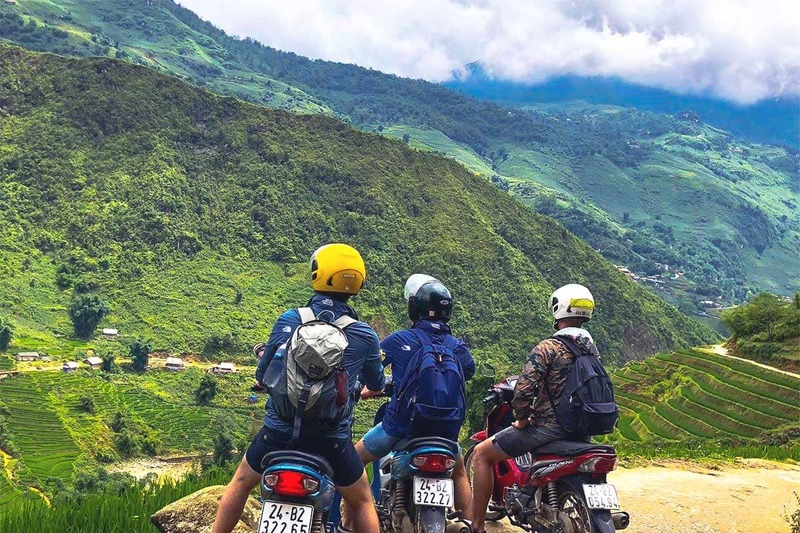
Avoid driving after dark
You should not be travelling at night in the Ha Giang area. The roads in the mountains often include tight turns, steep declines, and limited visibility at night. Organize your Ha Giang itinerary daily to make sure you can get to your stop before nightfall.
Combine Sapa and Ha Giang into one trip
If you are going to be travelling to Sapa and Ha Giang anyway, it would make sense to string them together in an epic Northern Vietnam circuit. There are private transfers and bus services between Sapa and Ha Giang, but the duration to get there is 6–7 hours.
Learn basic Vietnamese
English phrases are used in some homestays and tourist areas, but locals in Ha Giang, especially ethnic minorities, are more likely to speak some Vietnamese than English. Locals love it if you know a few basic Vietnamese phrases.
Respect local culture and customs
Many groups of ethnic minorities live in Ha Giang, including H’Mong, Tay, Dao, and Lo Lo. These communities have their customs, attire, and lifestyle. Never take a photo without asking permission, dress conservatively, and follow their homes and traditions.
Carry enough cash
Unlike Hanoi or Sapa, there are very few ATMs in Ha Giang, and in many villages around the loop, you will not be able to pay with credit or debit cards. Make sure to pull out enough cash in Hanoi or Ha Giang City before beginning the loop. Pocket small notes for food, entrance assistants, and fuel.
Final Thoughts
A trip from Hanoi to Ha Giang is a gateway to one of the most stunning and culturally diverse regions of Vietnam. If you travel on a cushy night bus, or the back of a motorbike twisting, climbing mountain roads, or along escorted with a professionally guided trip, the adventure begins from the moment you leave Hanoi. If you want a free-thought journey, let SeniWorld support you. They offer suitable tours with your time and your budget, and even customize them according to your preferences.






